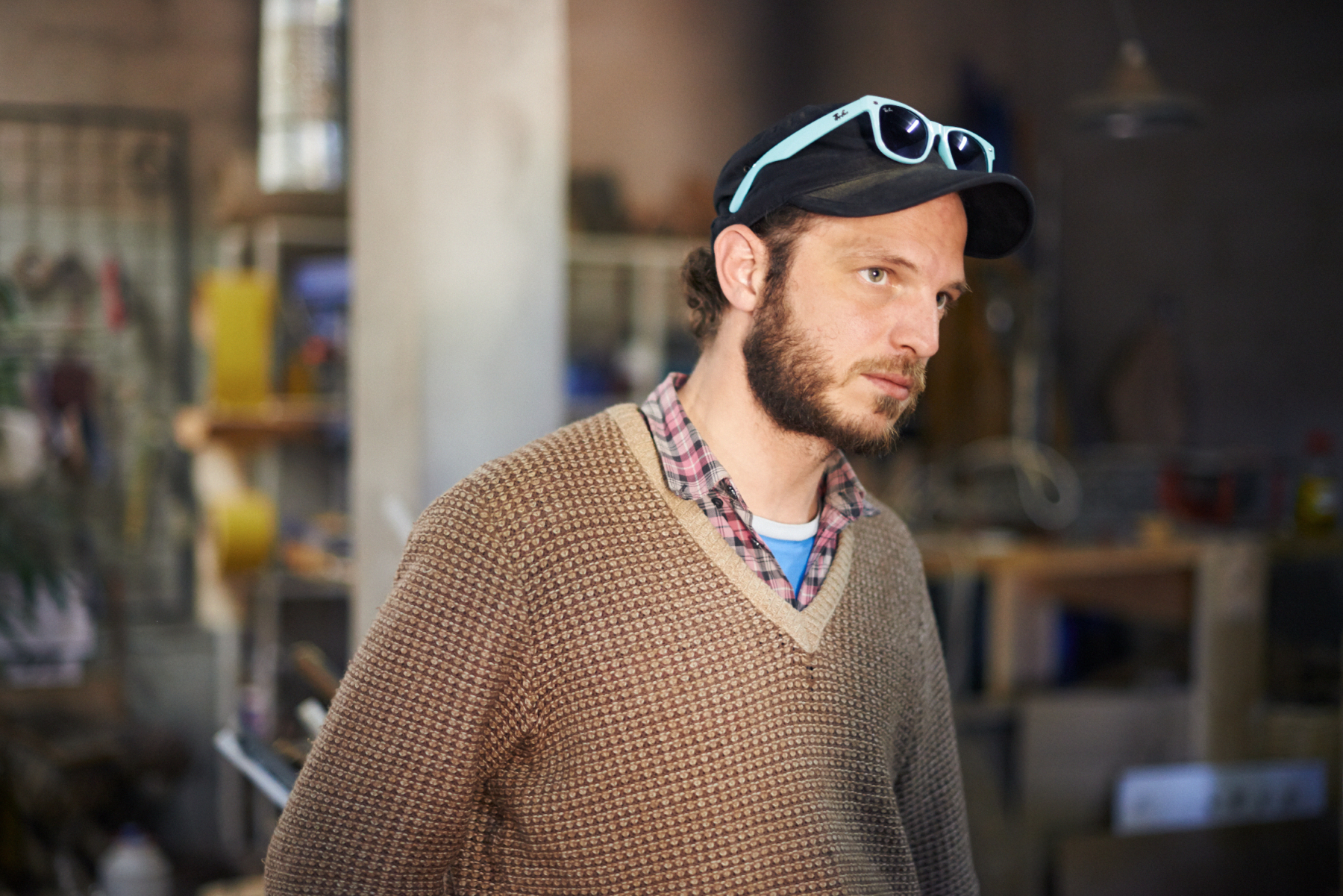Eric van Hove is a self-described citizen of the world. The conceptual artist was born in Algeria to Belgian parents, raised in Cameroon, studied in Japan and spent nearly a decade of his adult life traveling and working extensively across every continent. Much of his work, including site-specific and live installations, offers various astute commentaries on global issues and addresses questions on the nature of society. Of the considerable amount of projects that hold his name, van Hove’s professional record reveals both the vastness of his travels and that of his artistic range – the most famous of which is likely his globetrotting Metragram photographic series.
Recently, Eric decided to settle in Morocco to establish what he calls a “living, socioeconomic sculpture” – or as others know it: the Eric van Hove Atelier. Situated in the tranquil countryside of the otherwise bustling city of Marrakech, the bottom half of the atelier accommodates nine local craftsmen working alongside the artist, while the top half is home to the artist. A unique environment in both its energy and the nature of its activity, this workshop is the source of the impressive sculptures that he and his team collectively forge from the meticulous disjoining and reassembling of car motors and engines. Beyond being an embodiment of innovation and metamorphosis, the atelier is also where Eric has taken root after a long nomadic life journey.
A recent project Laraki V12 that was shown at the 5th Marrakech Biennale and presented by the artist at TEDx Marrakech was inspired by a replica of a Mercedes V12 engine. This work will also be exhibited at the Slaoui Museum in Casablanca and the STUK Kunstencentrum in Belgium, before journeying to Paris to the Institut du Monde Arabe for a forthcoming Morocco-centric show curated by Jean Hubert Martin. In the heart of the imperial city of Morocco we speak with Eric about his current projects that include a new book entitled V12 Laraki: Reconstruction of a heart, to be released shortly.
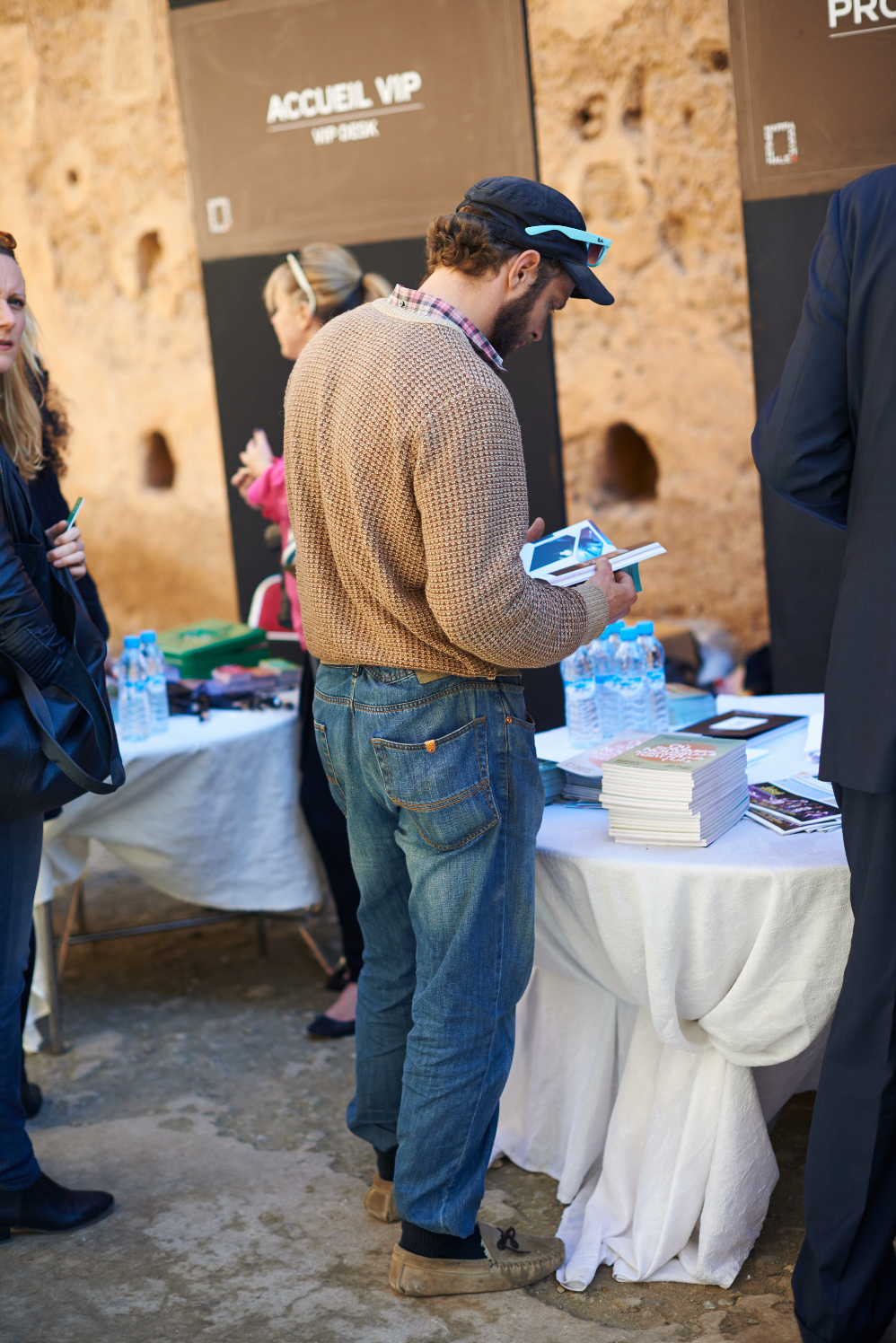
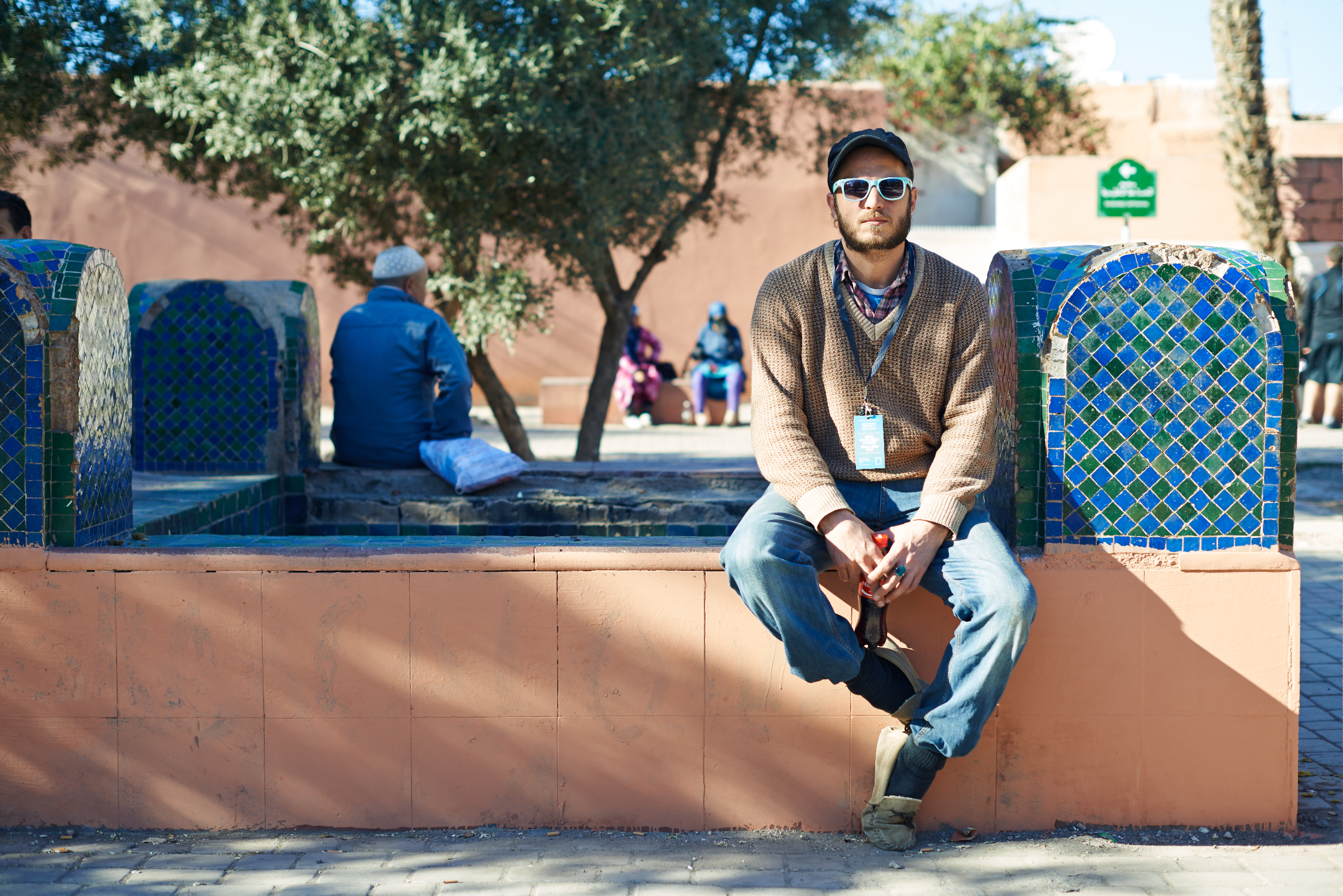
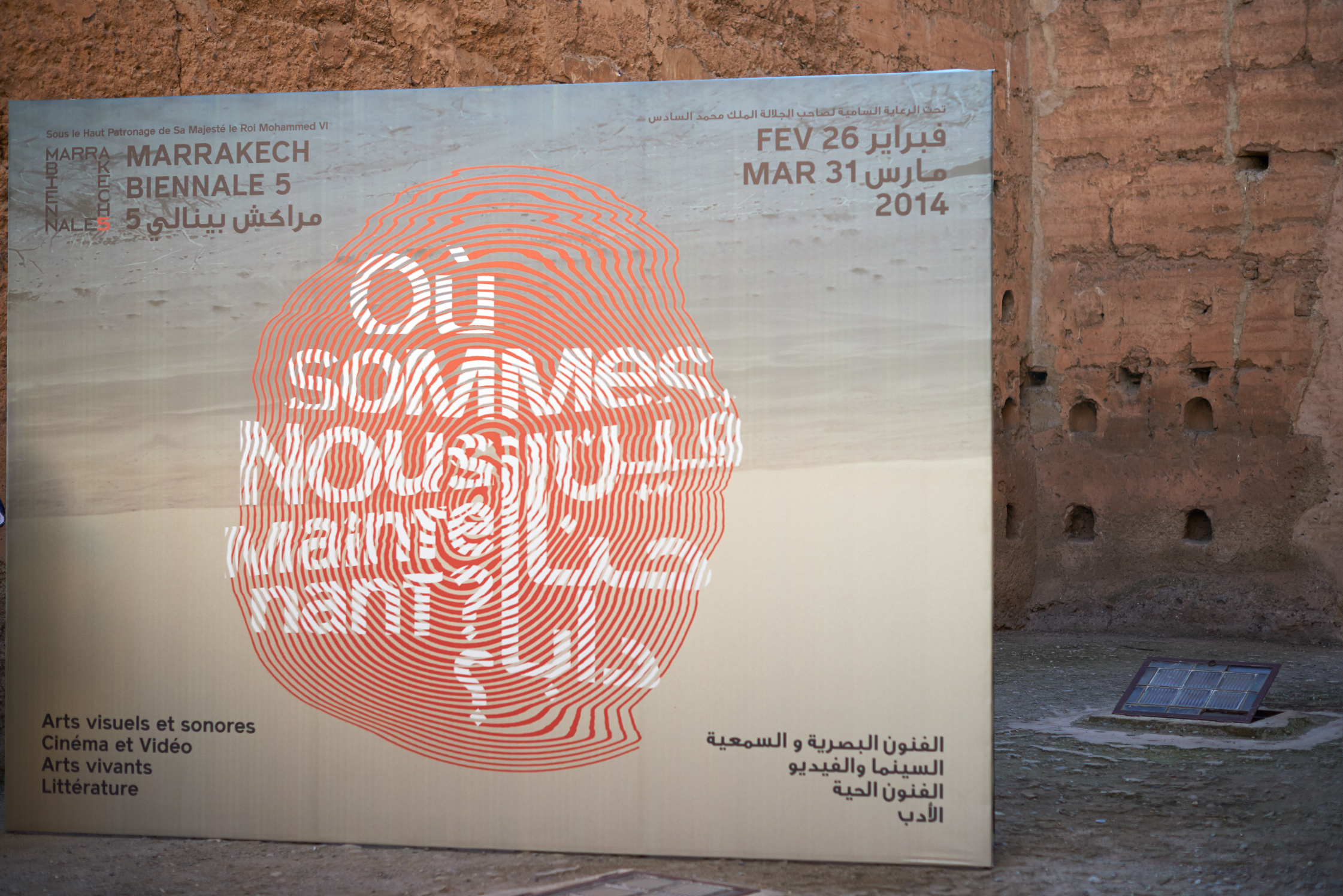
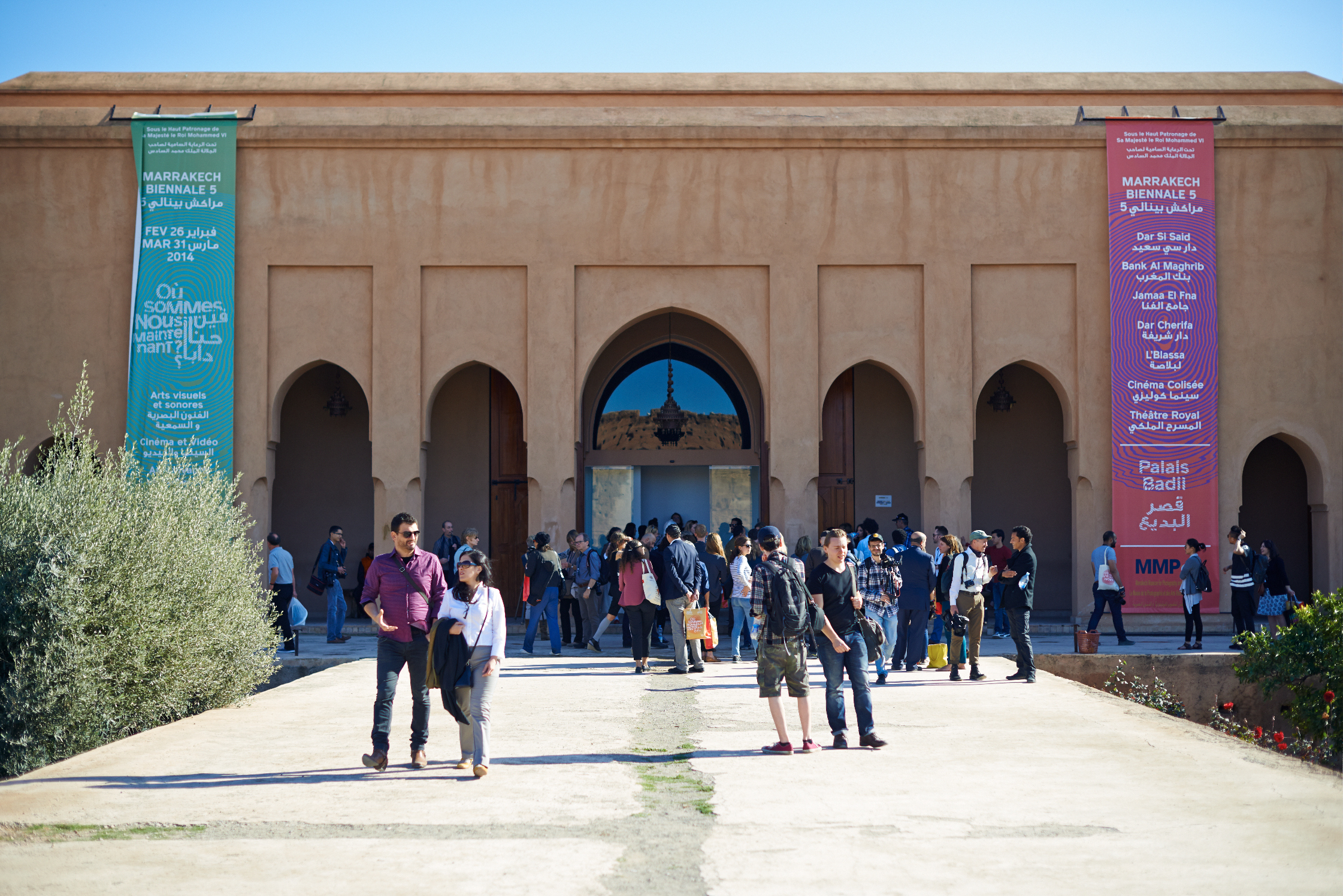
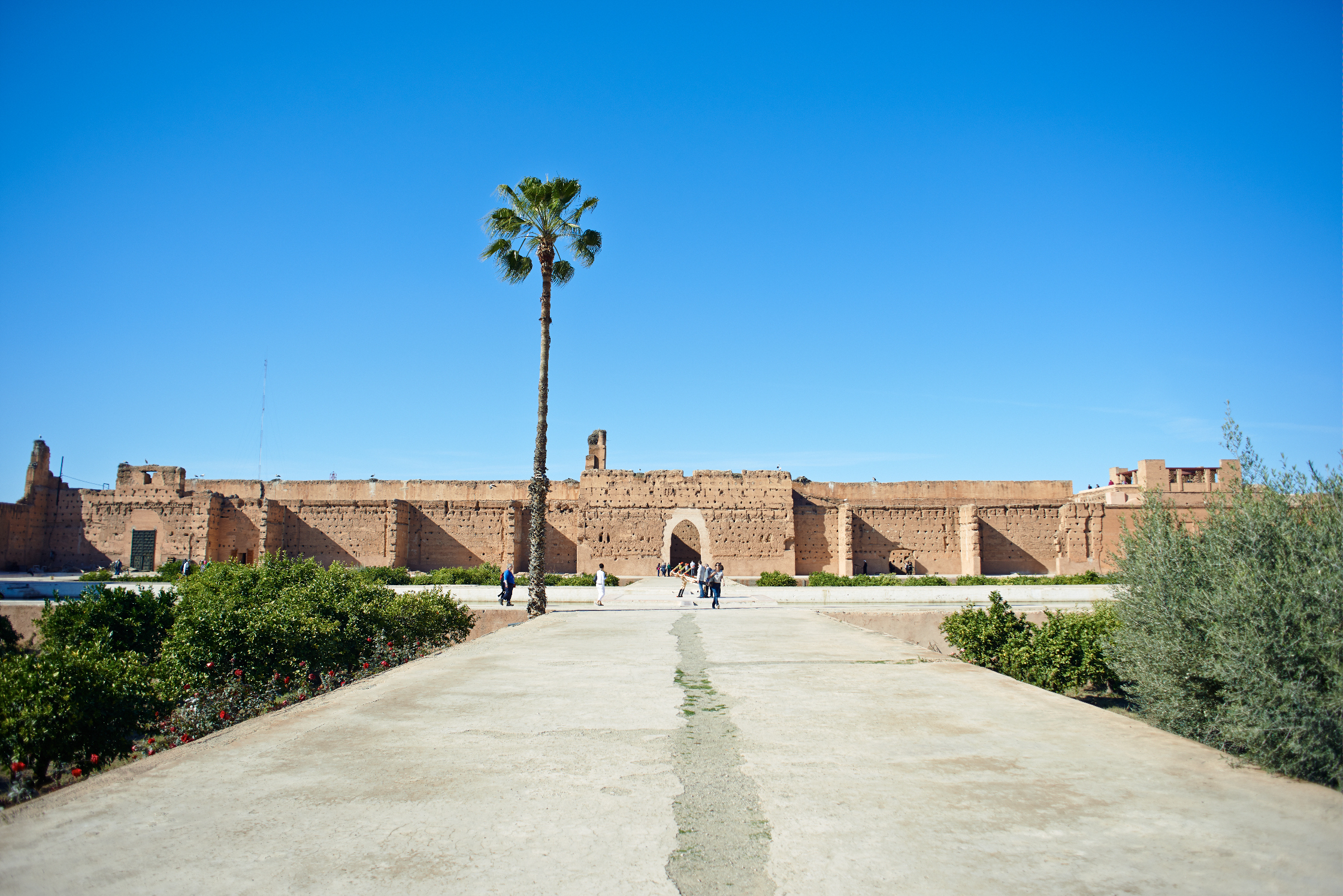
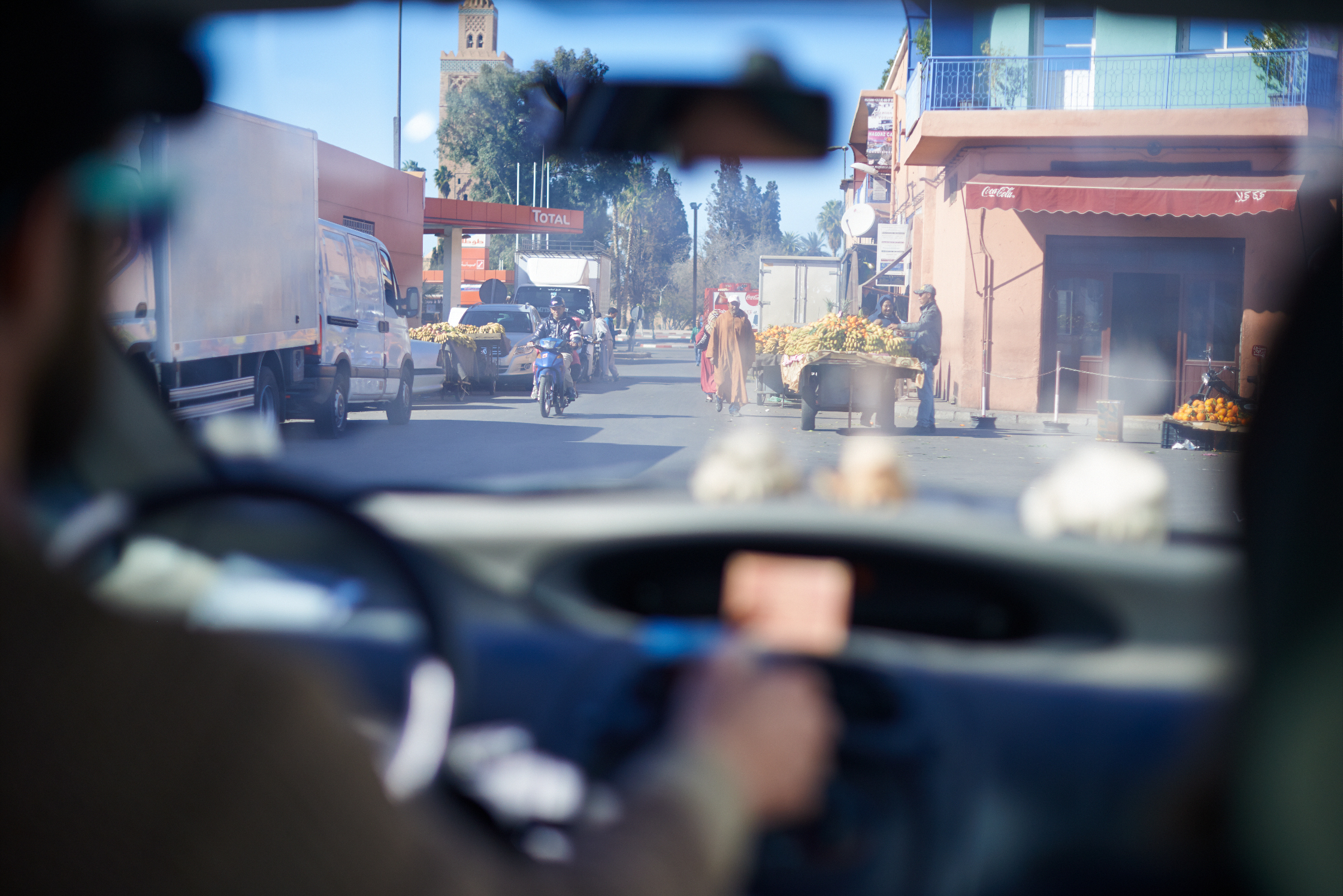
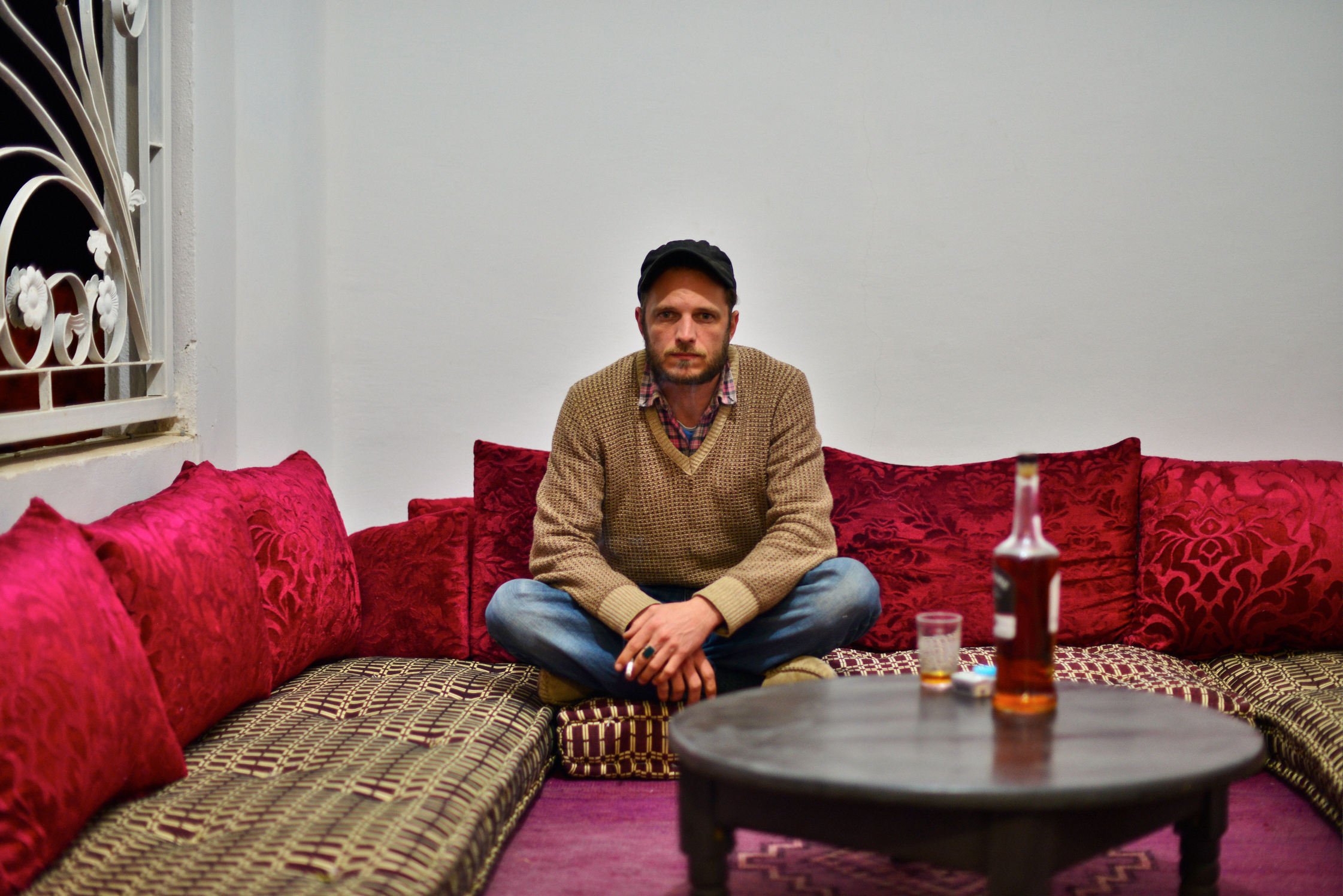

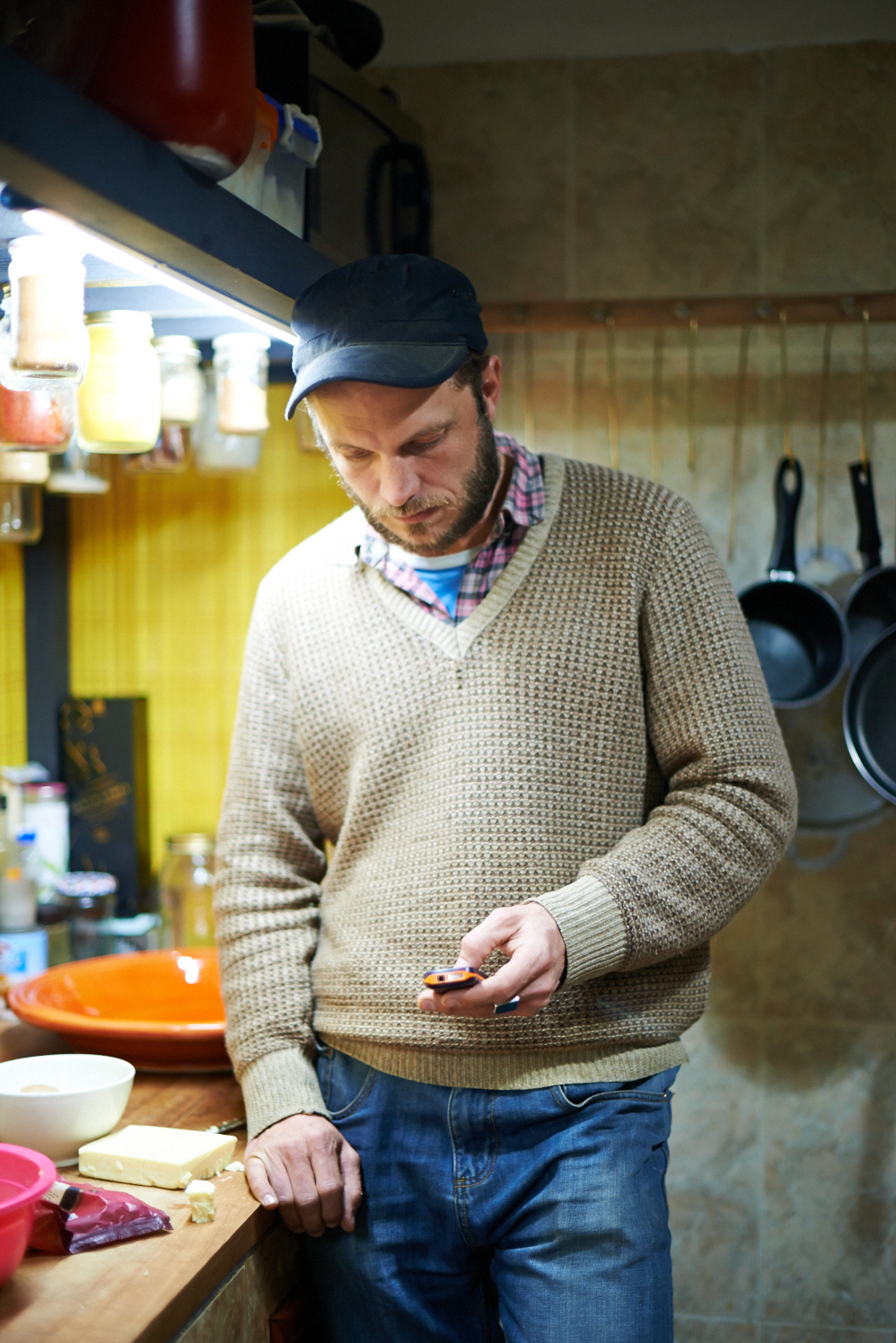
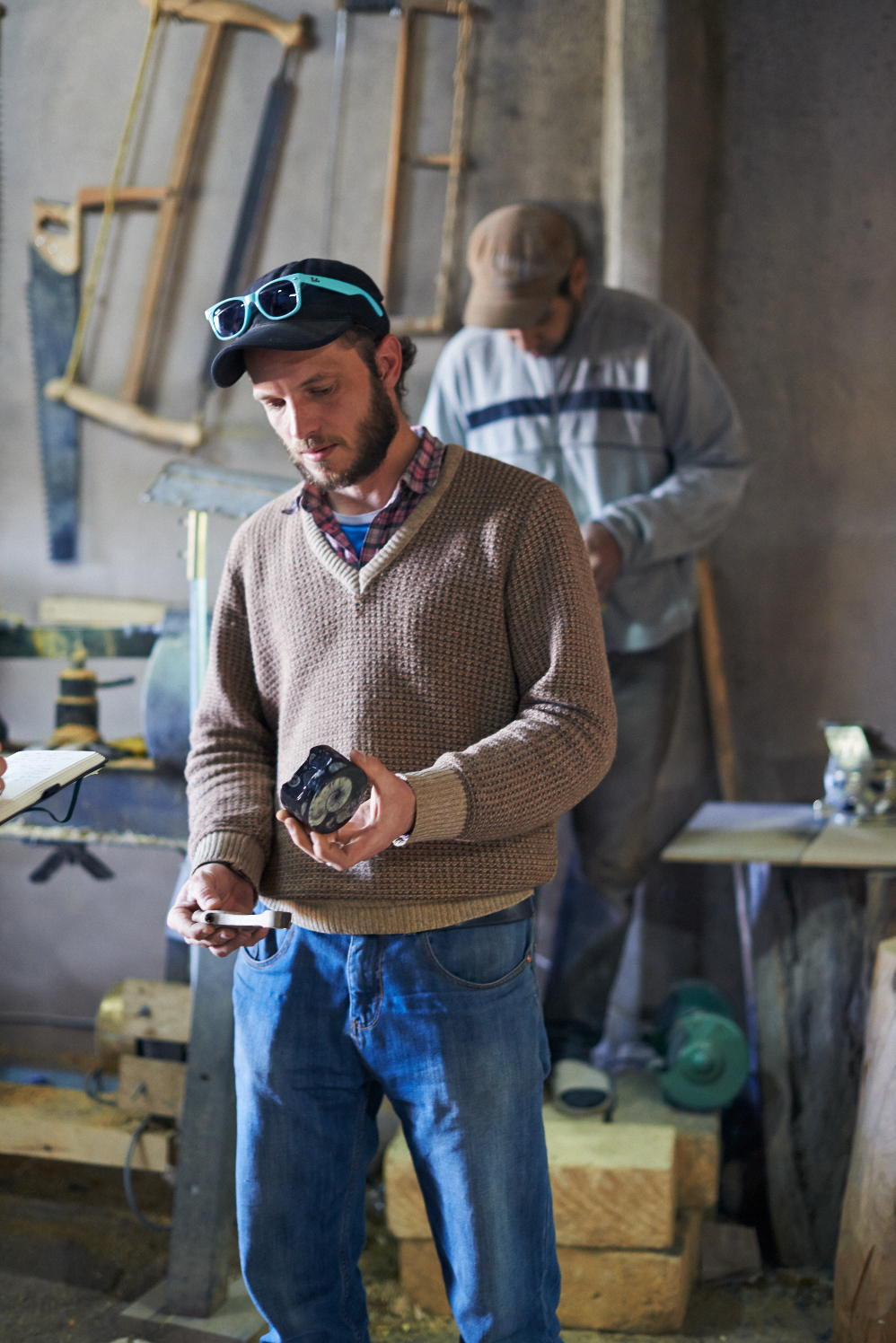
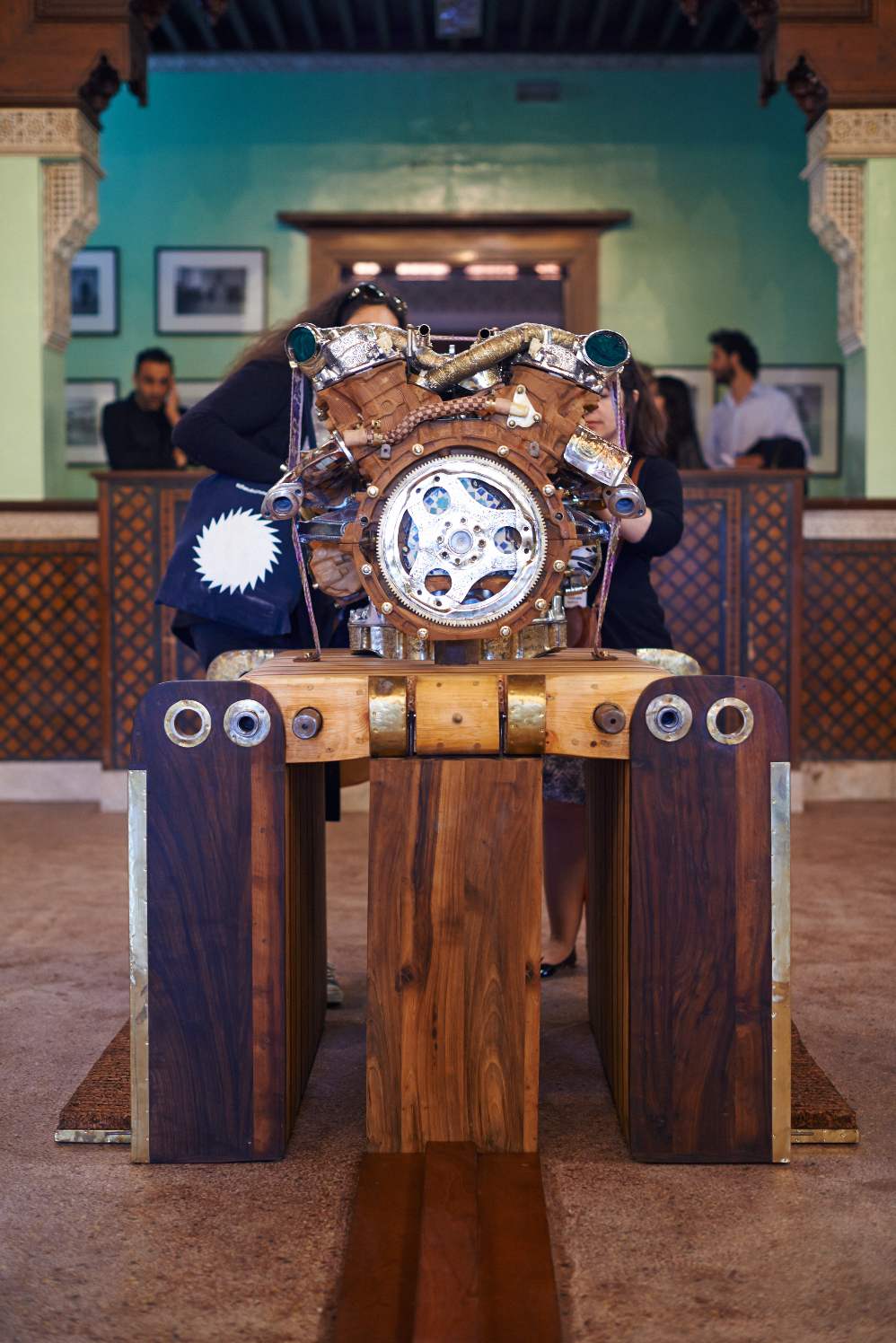
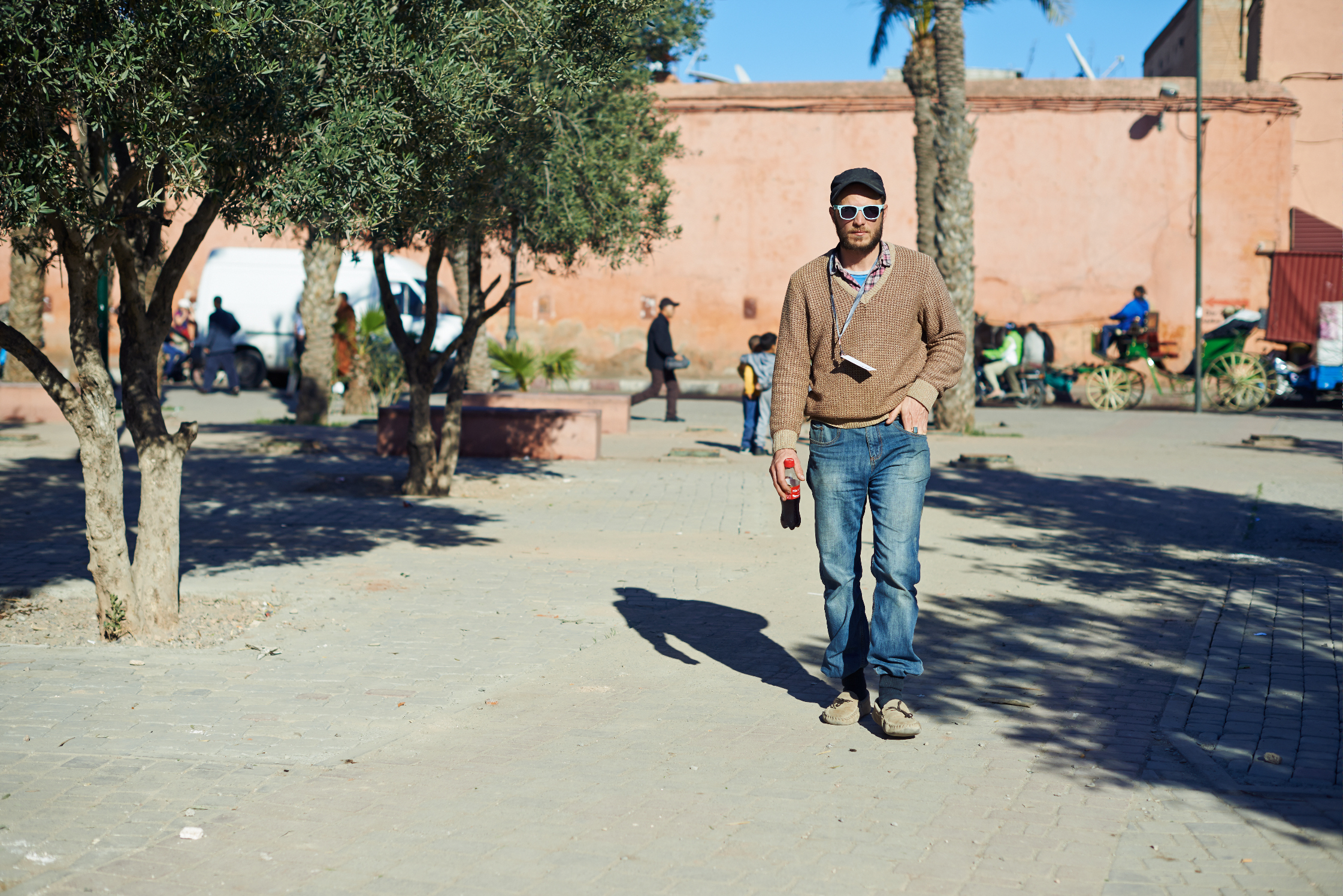
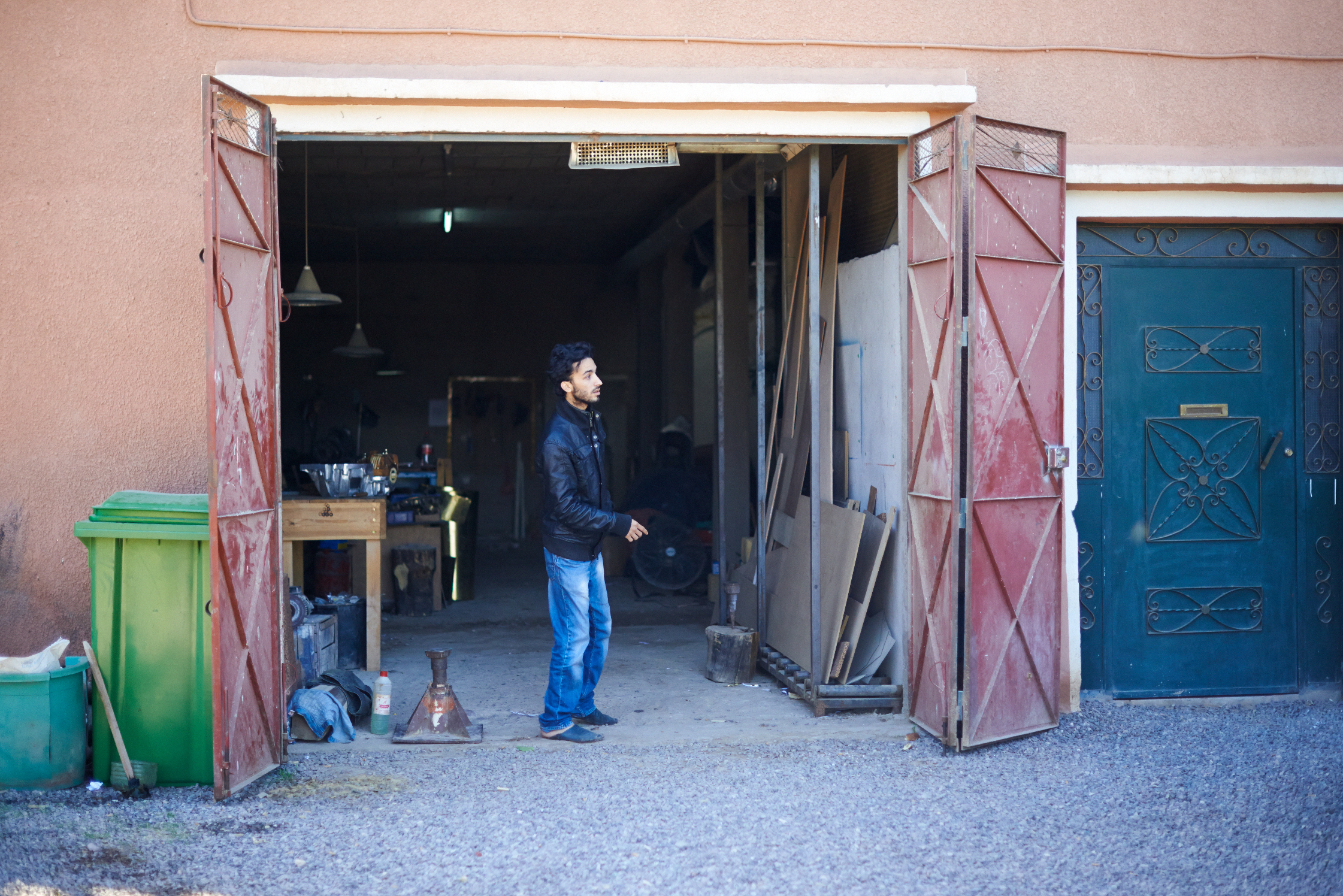
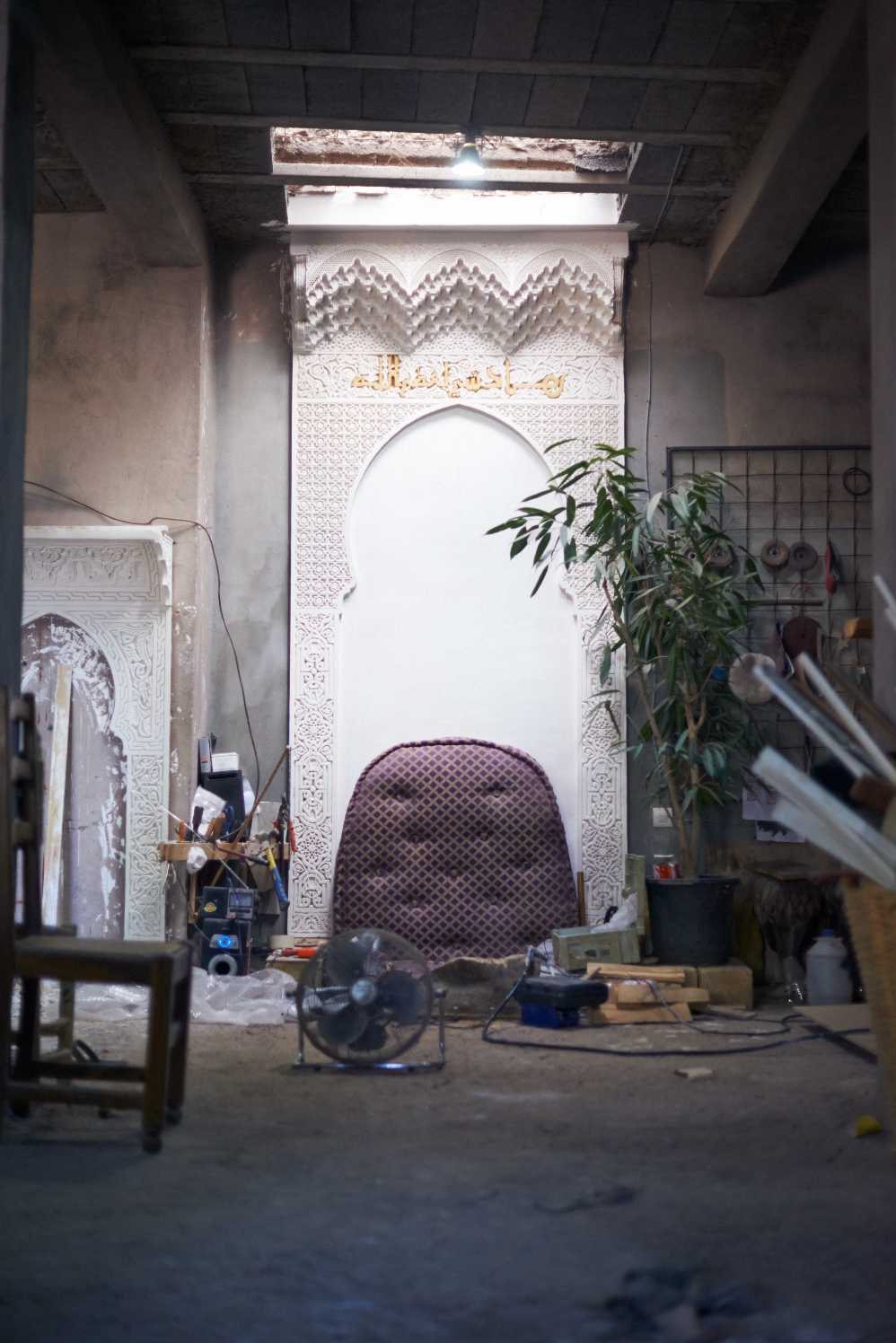
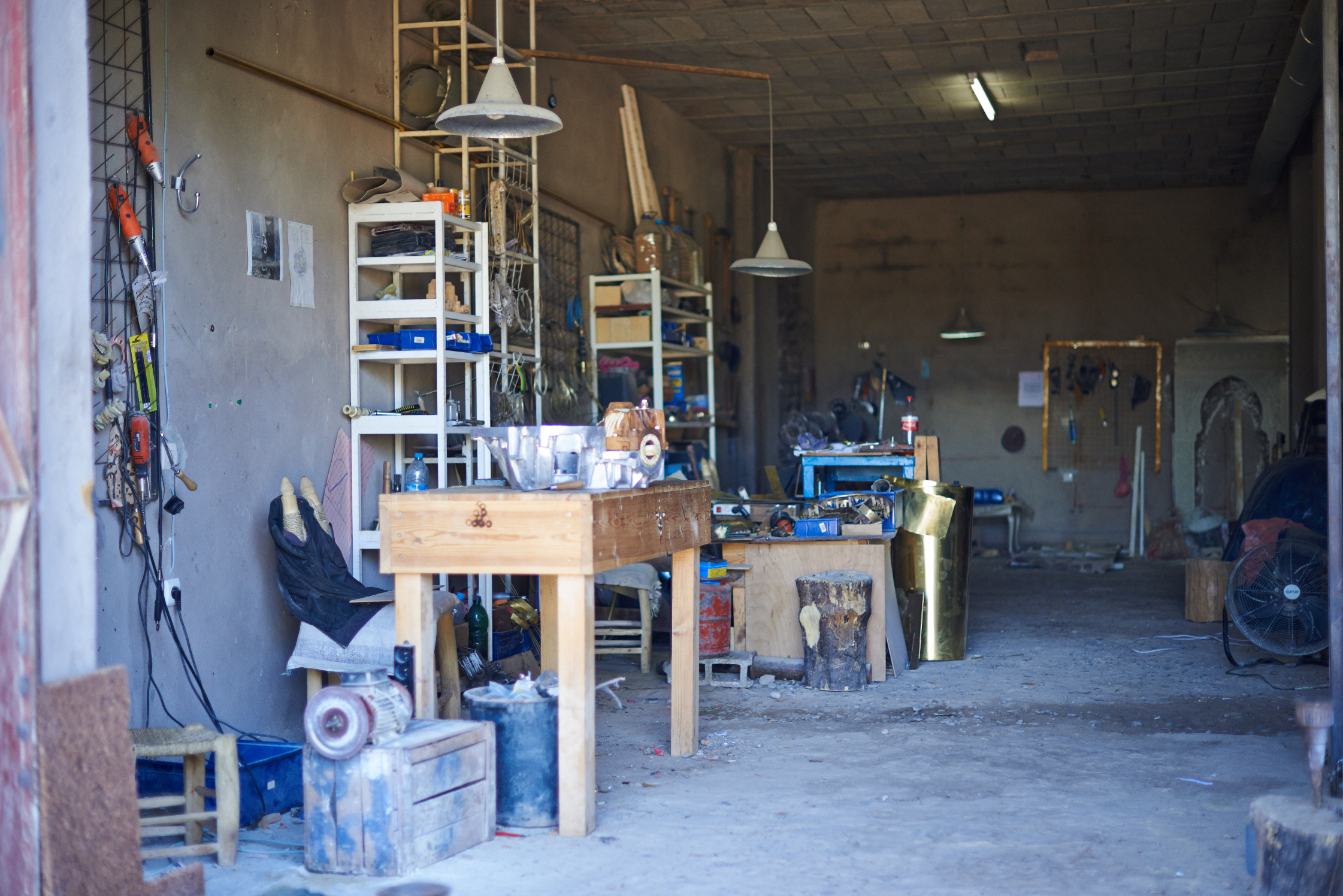
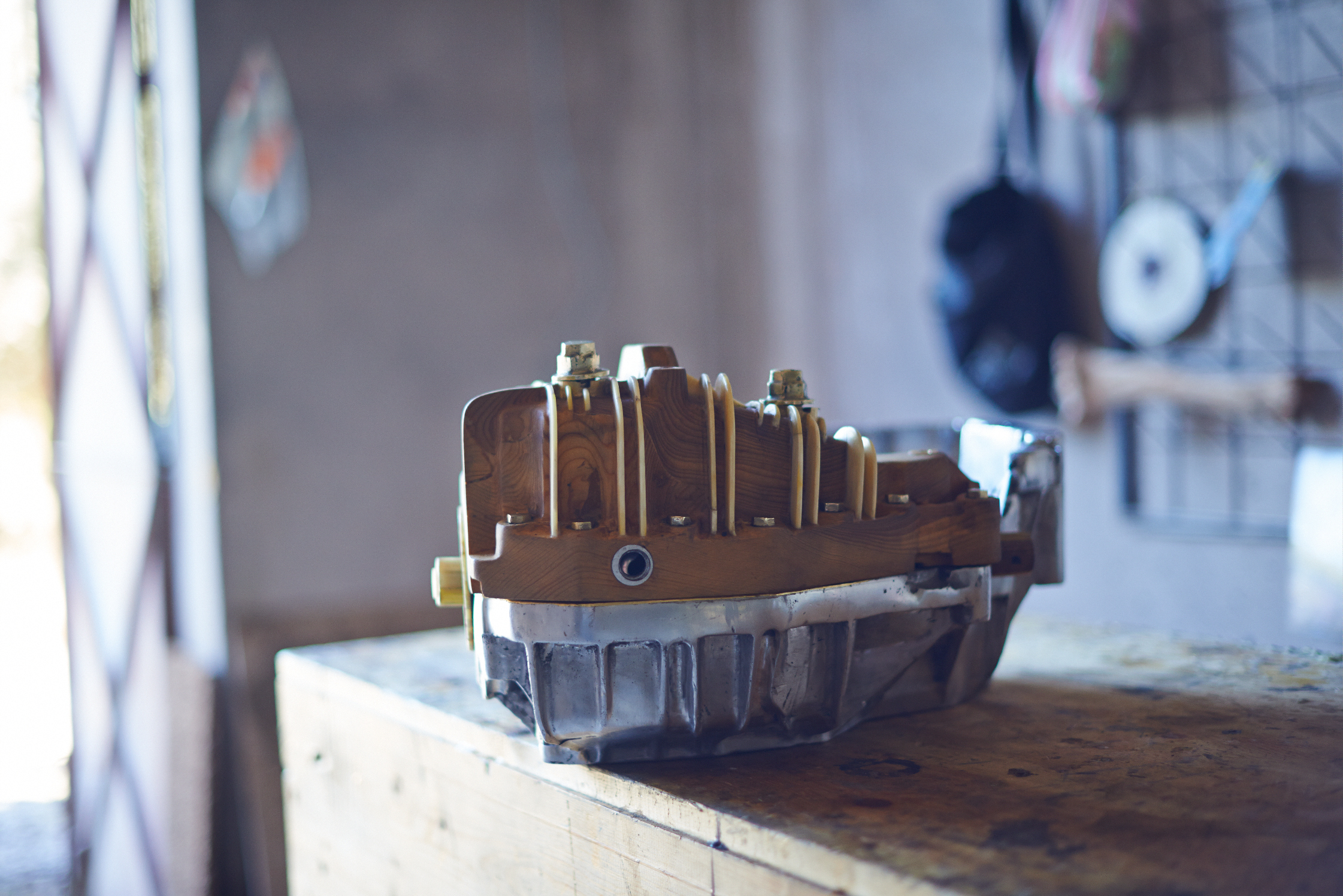
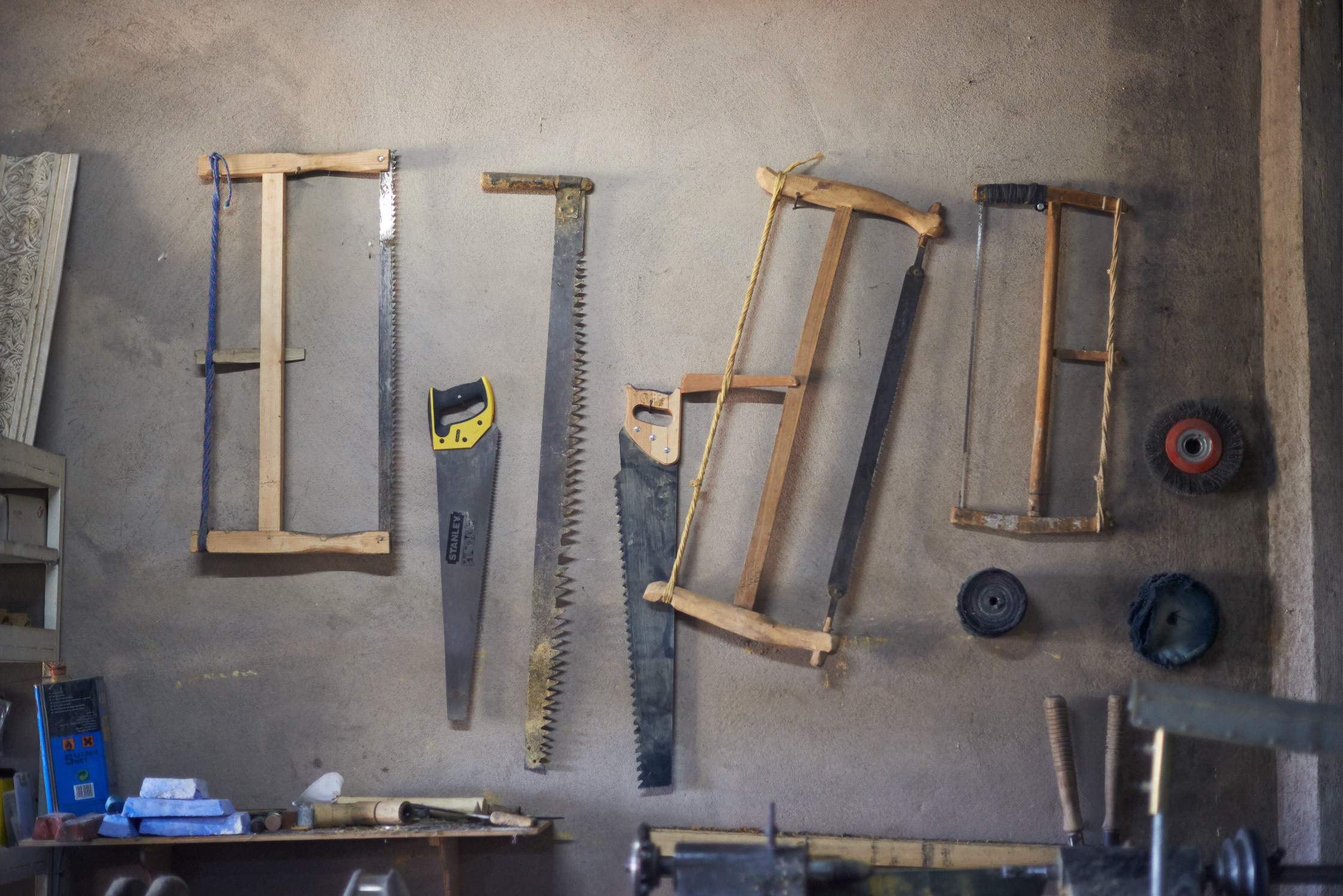
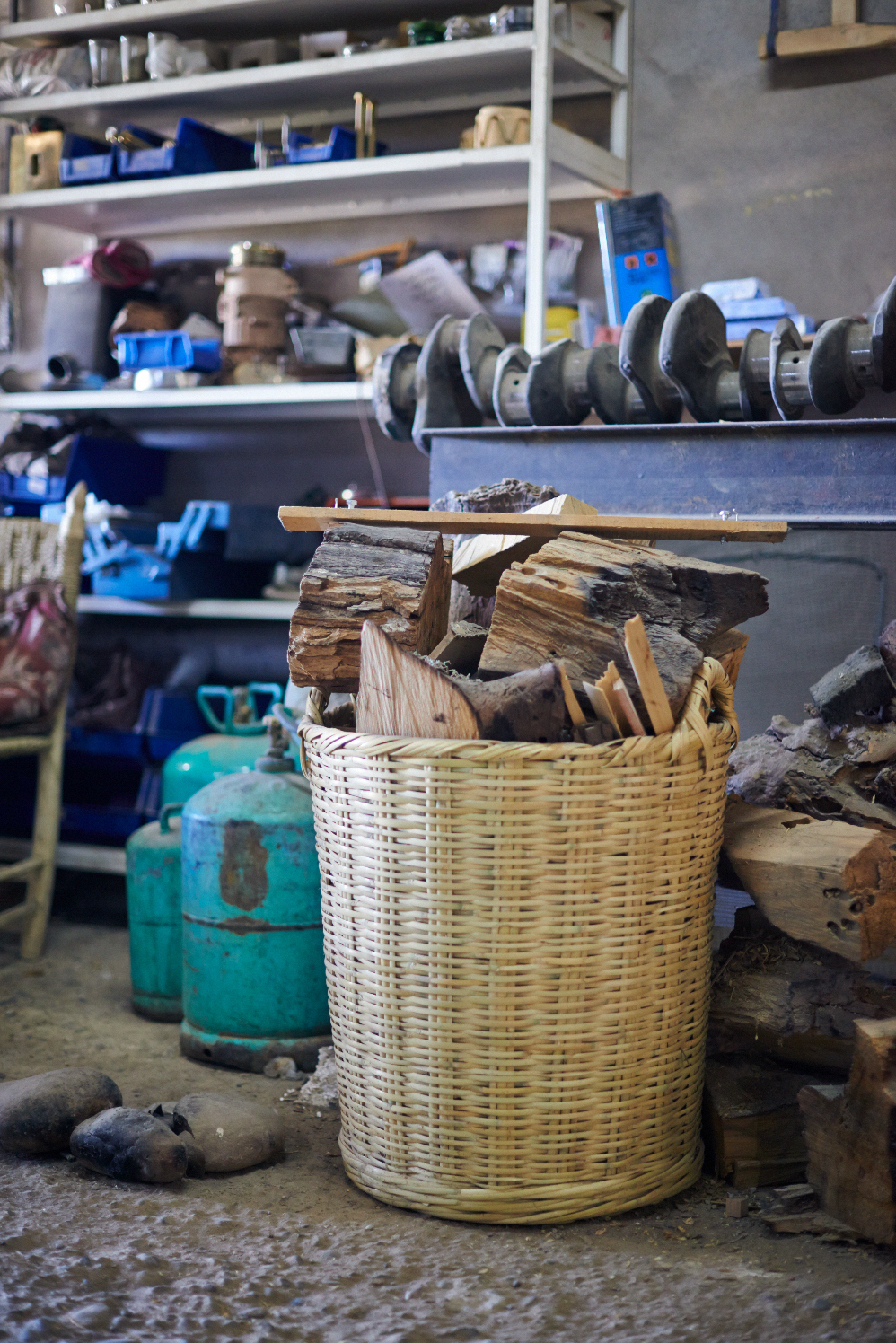
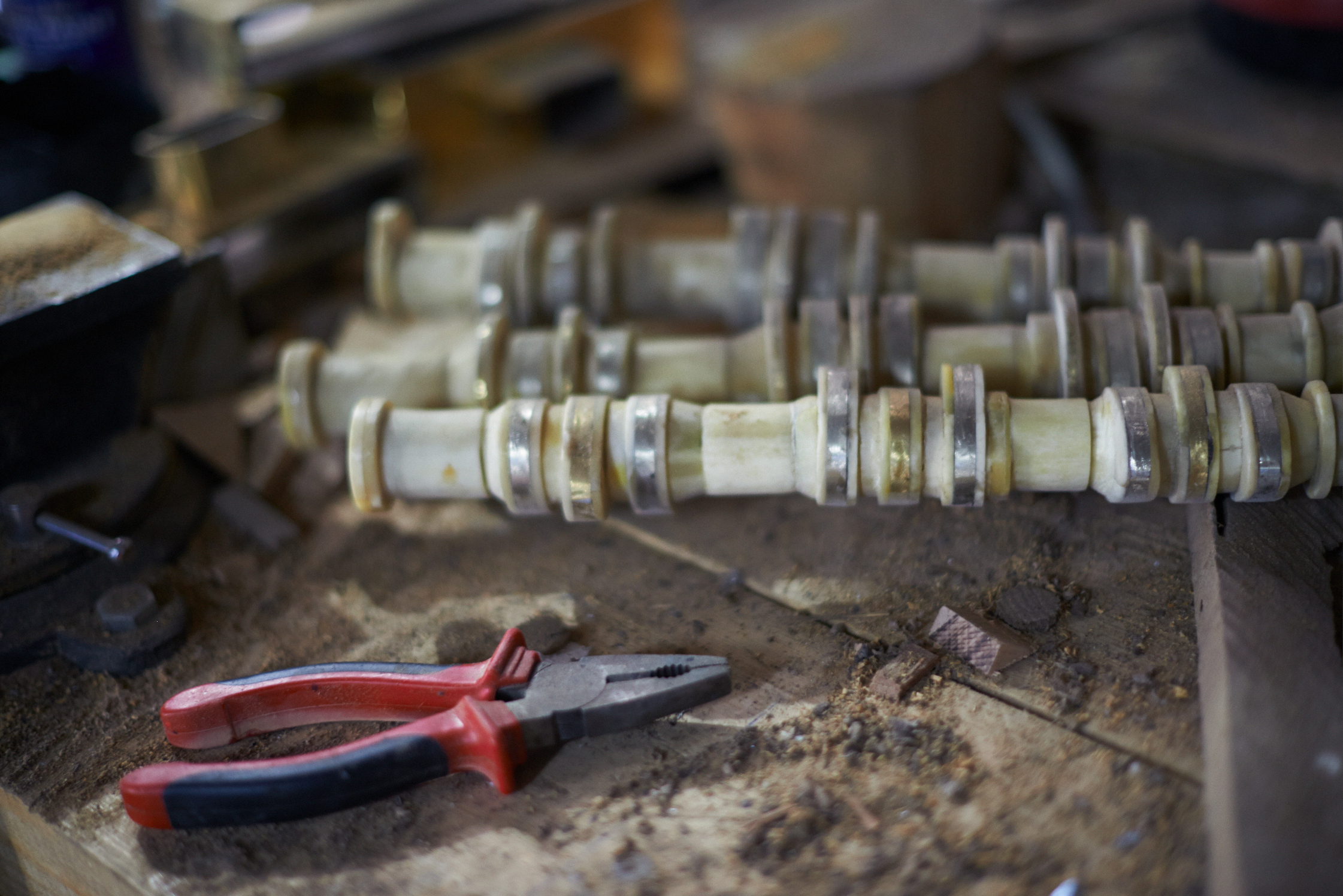
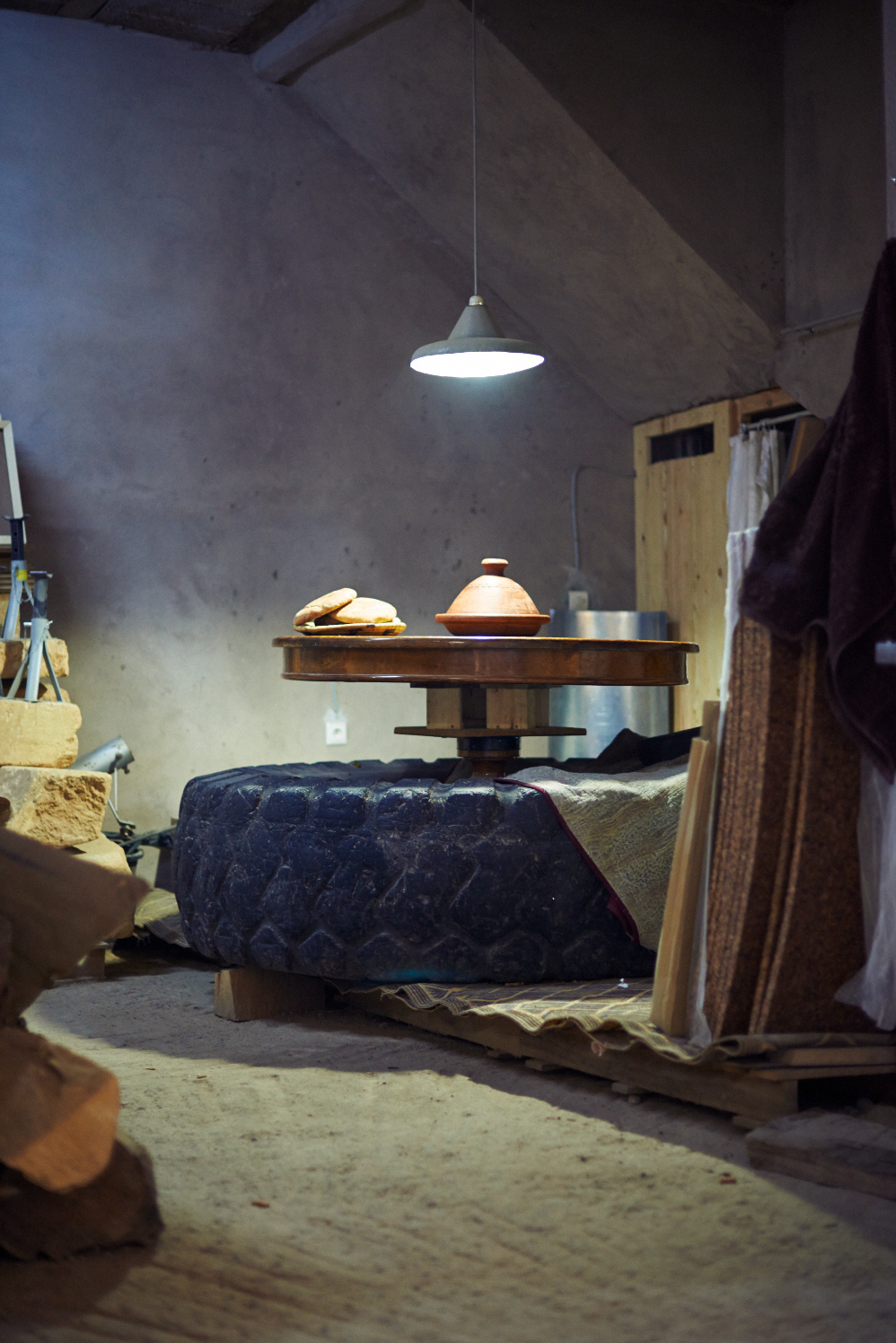
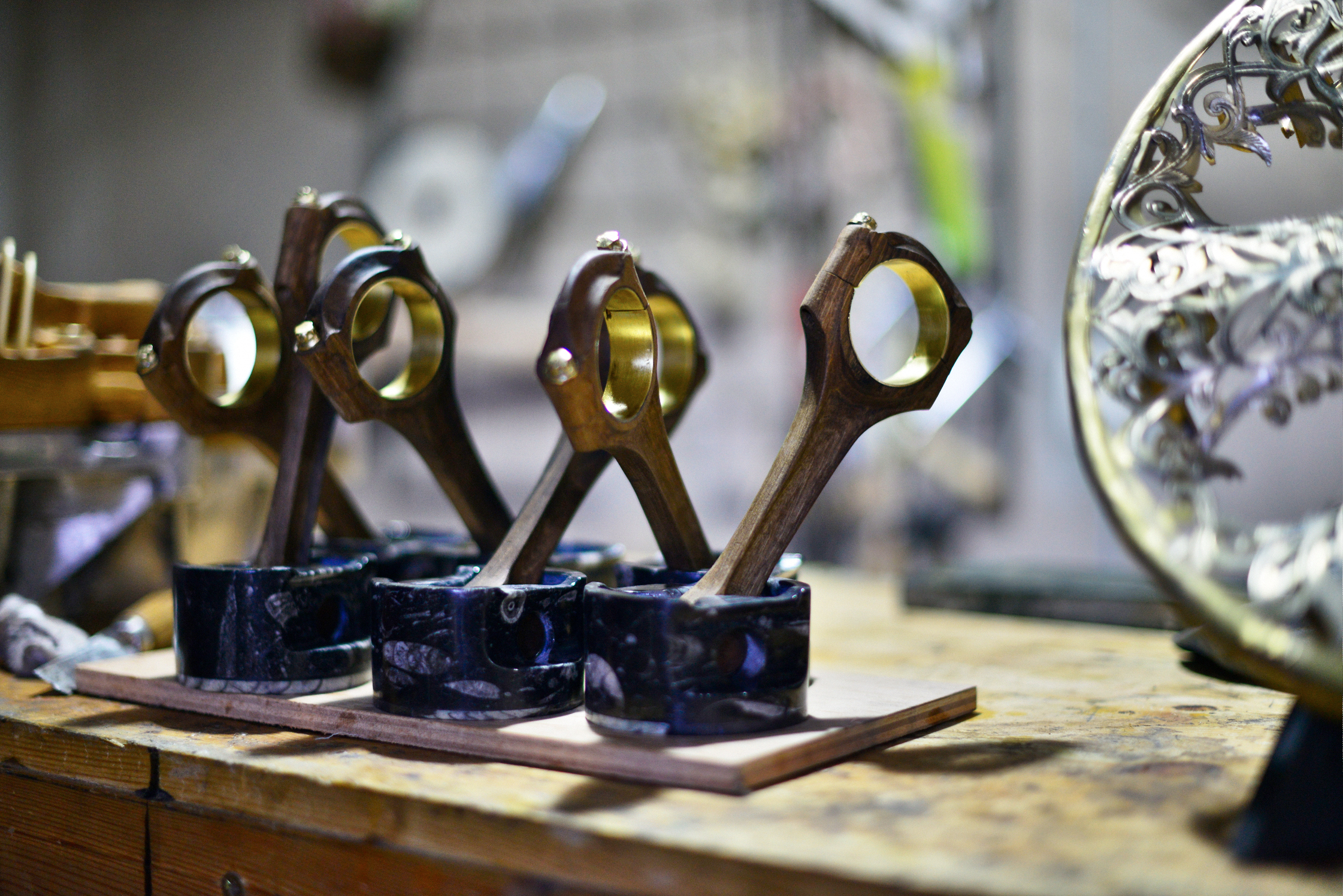
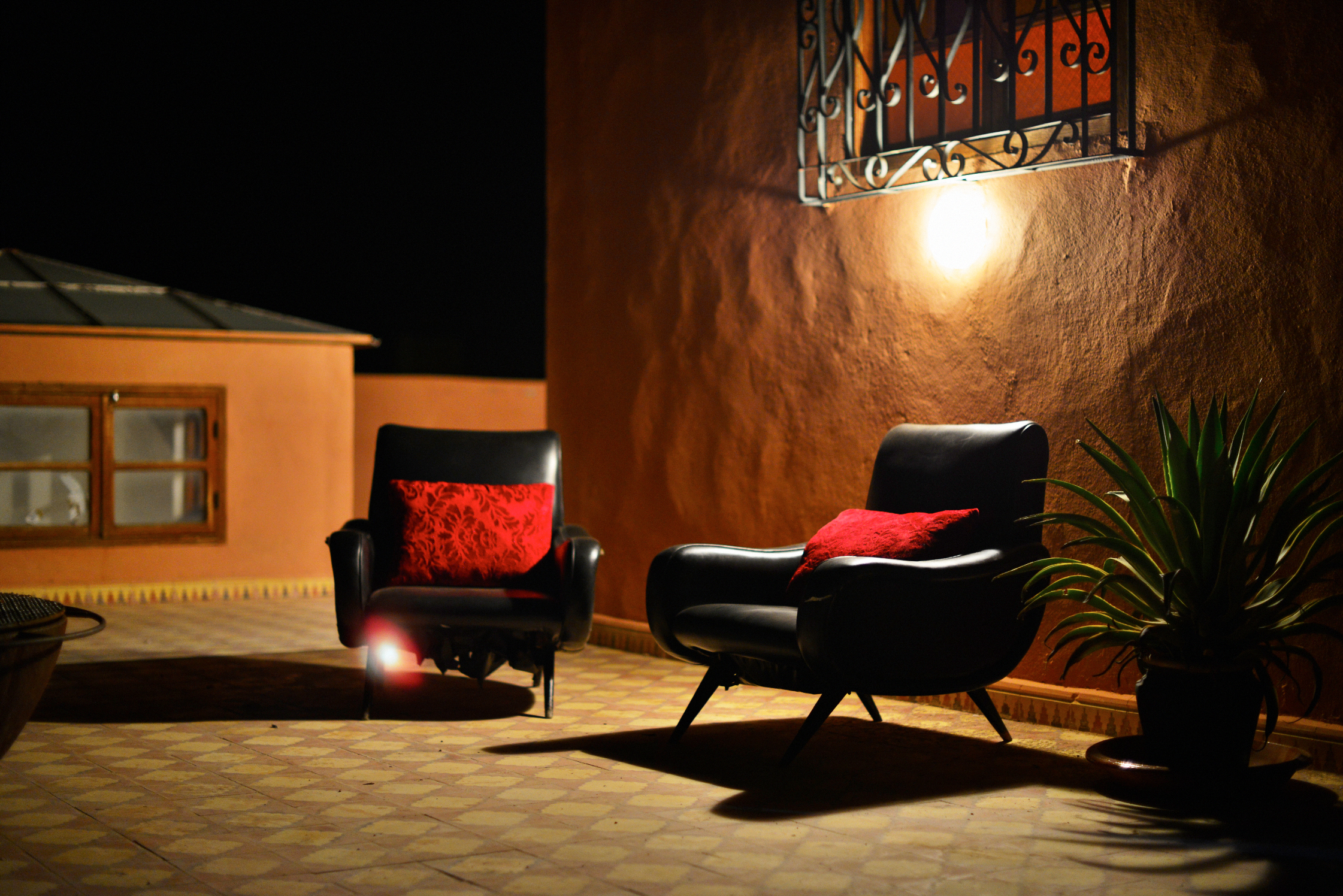
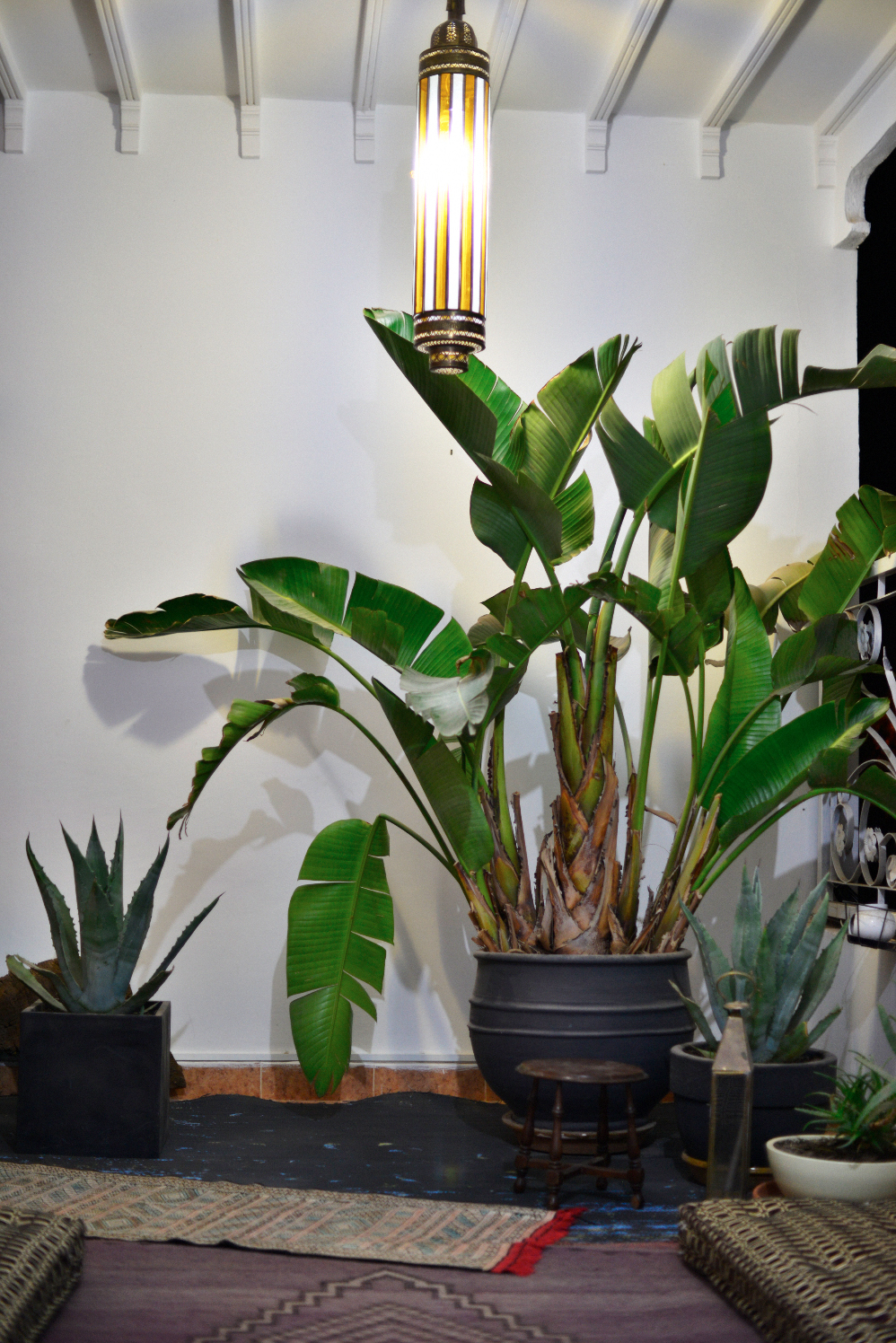
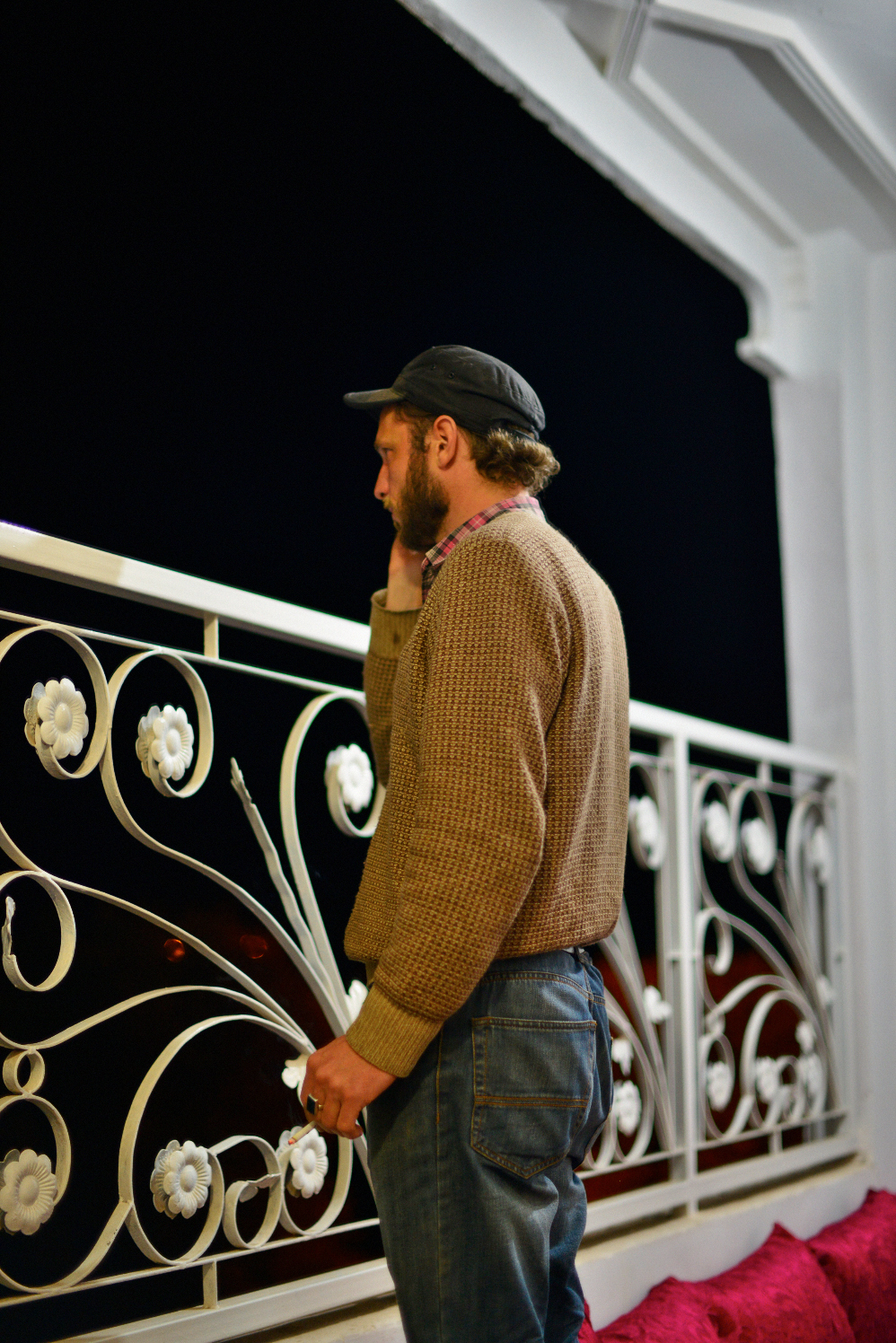
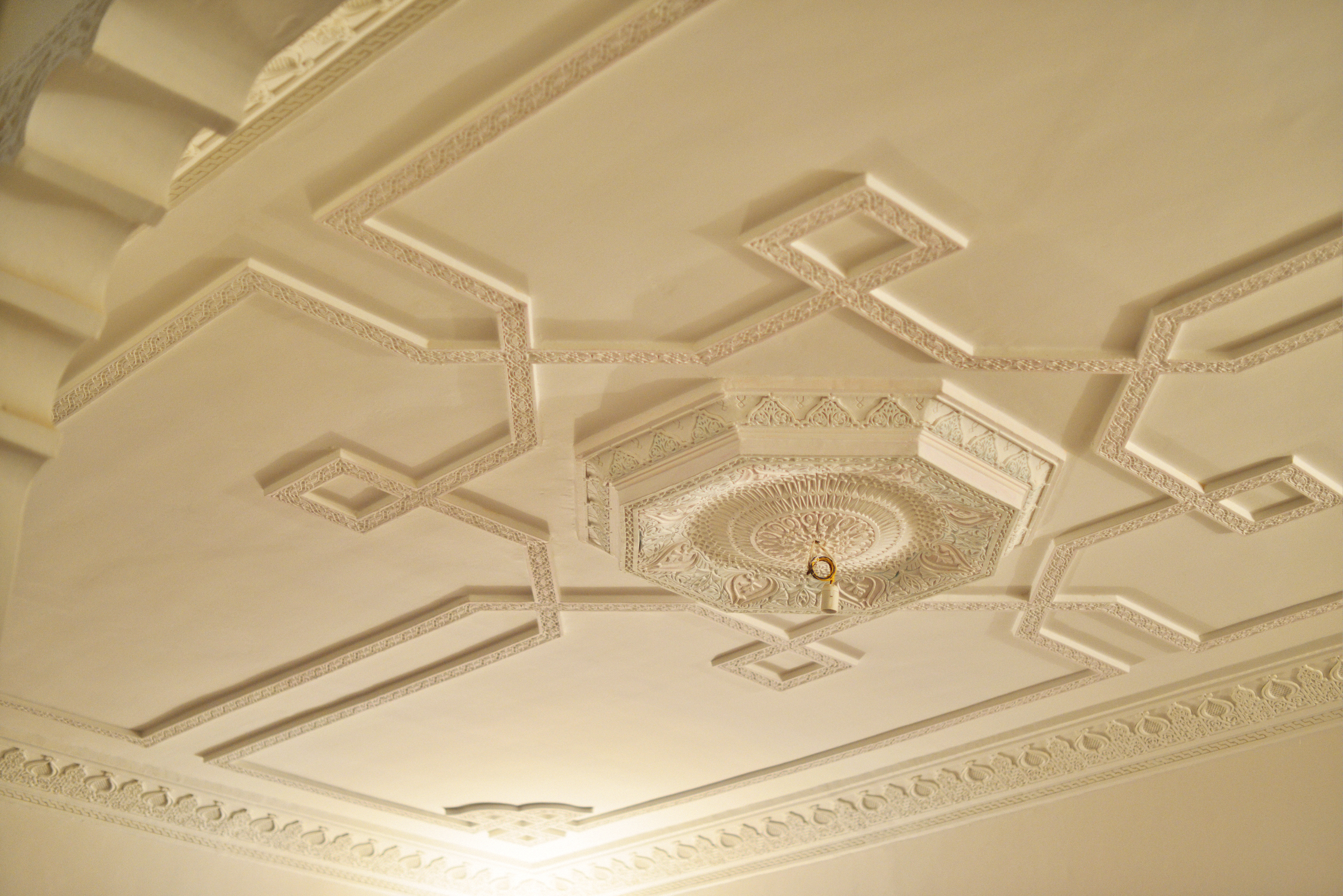
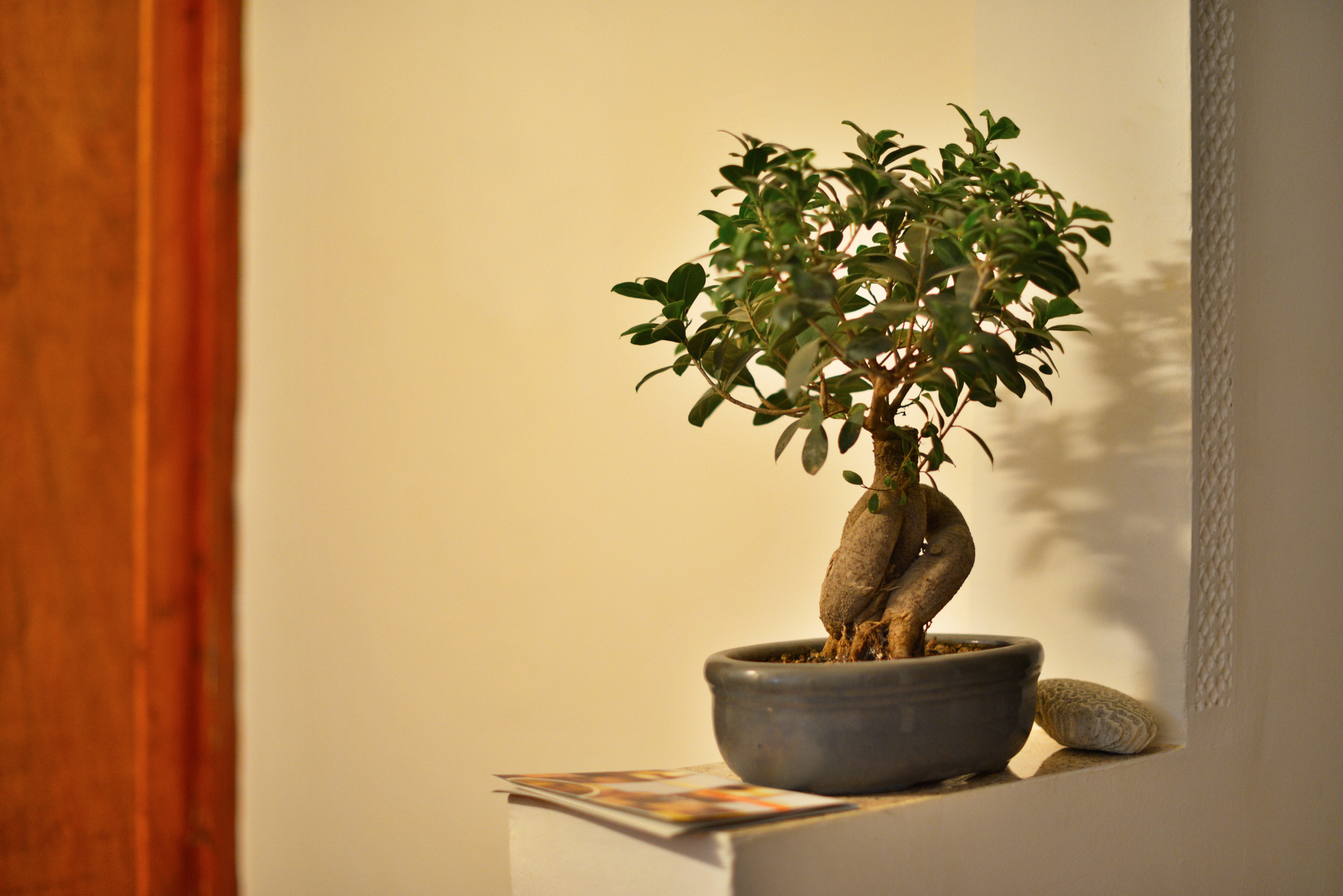
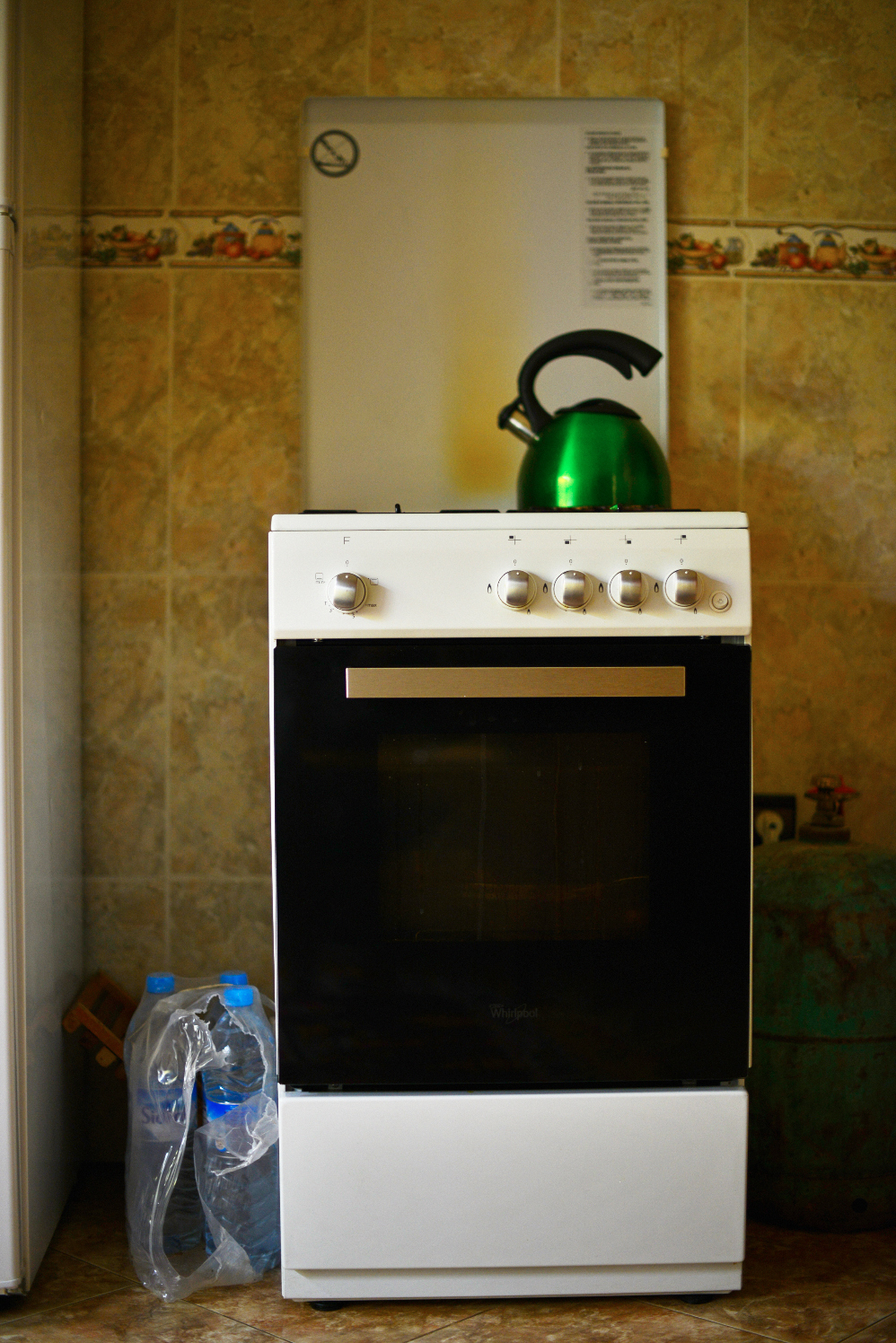
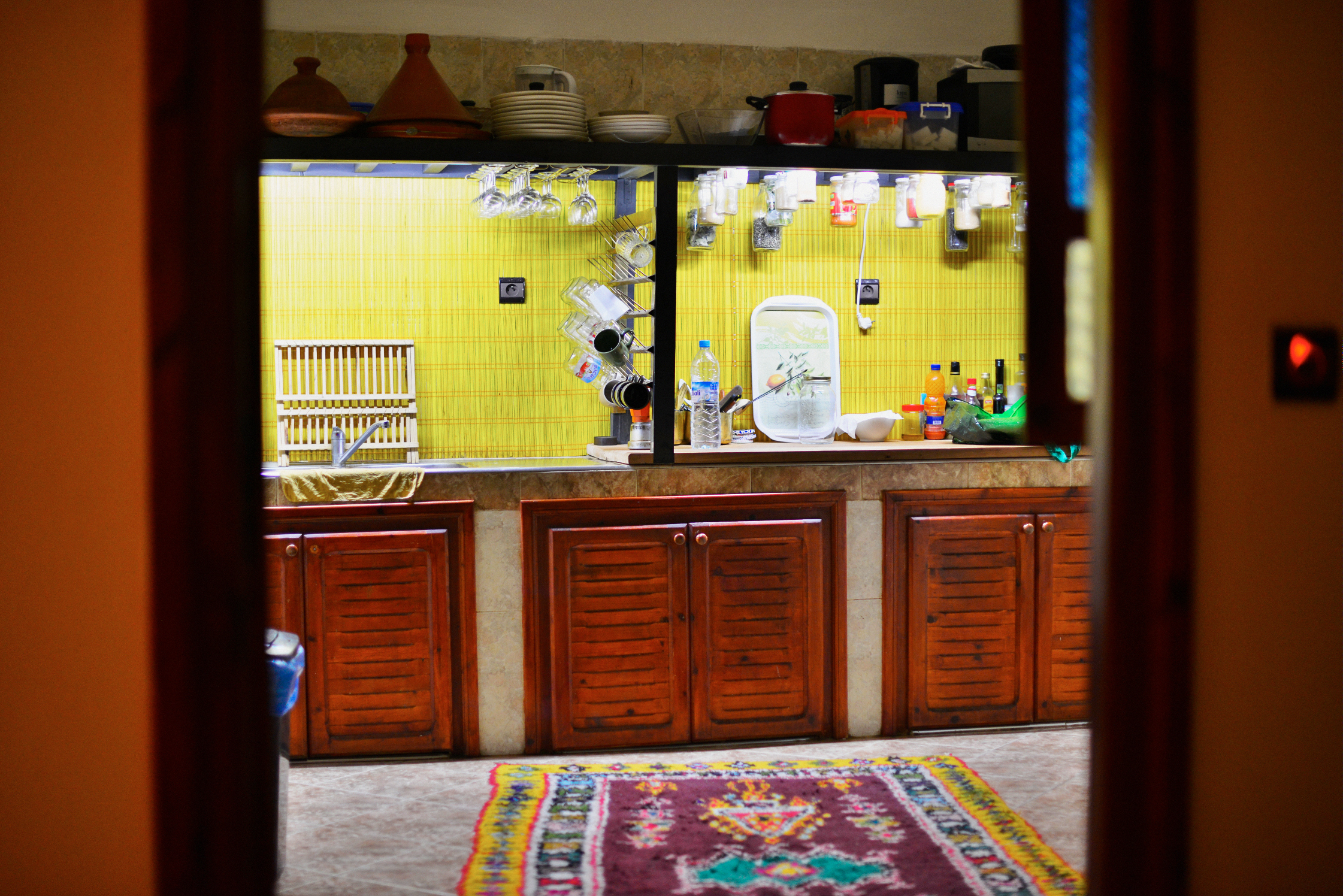
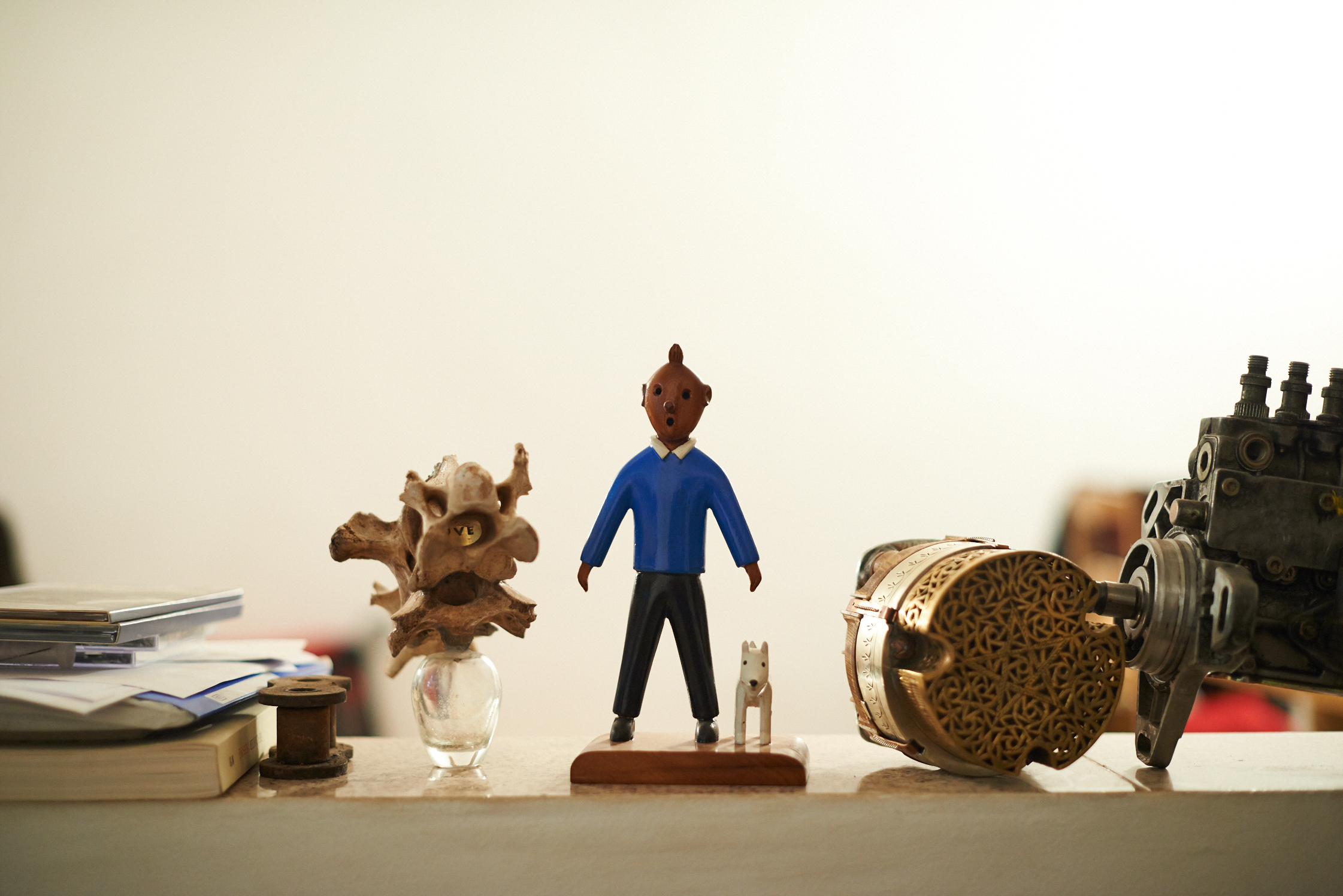
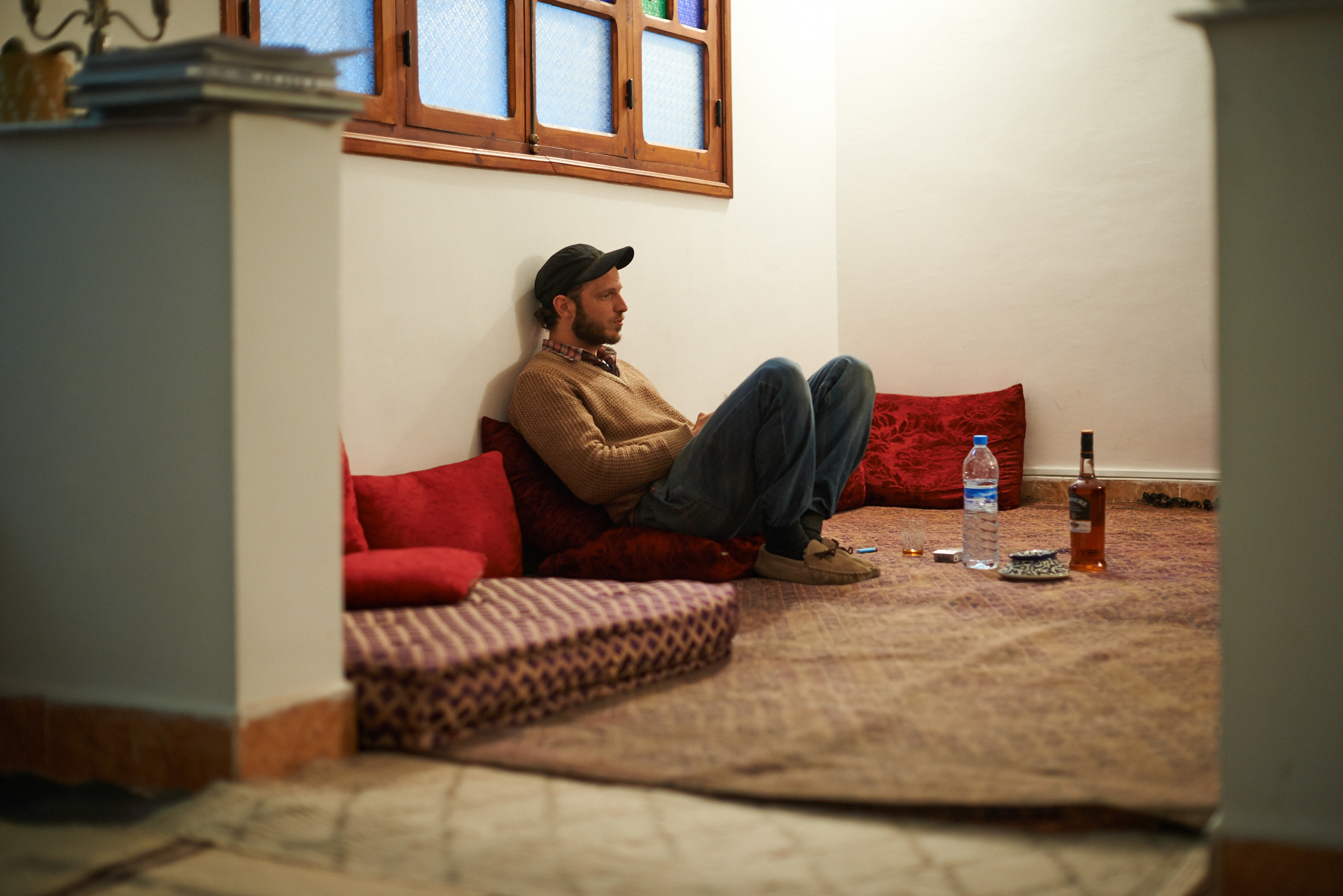
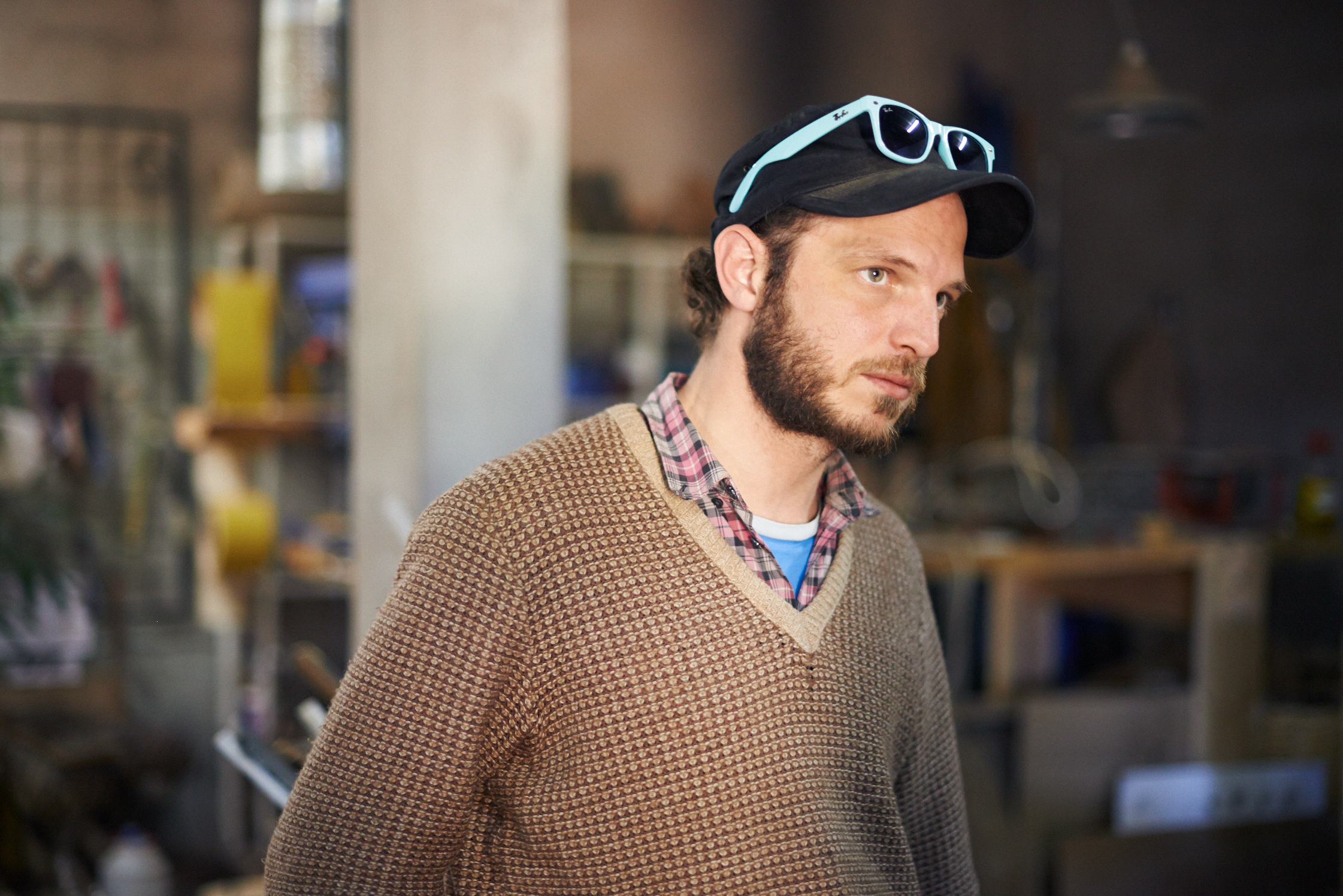
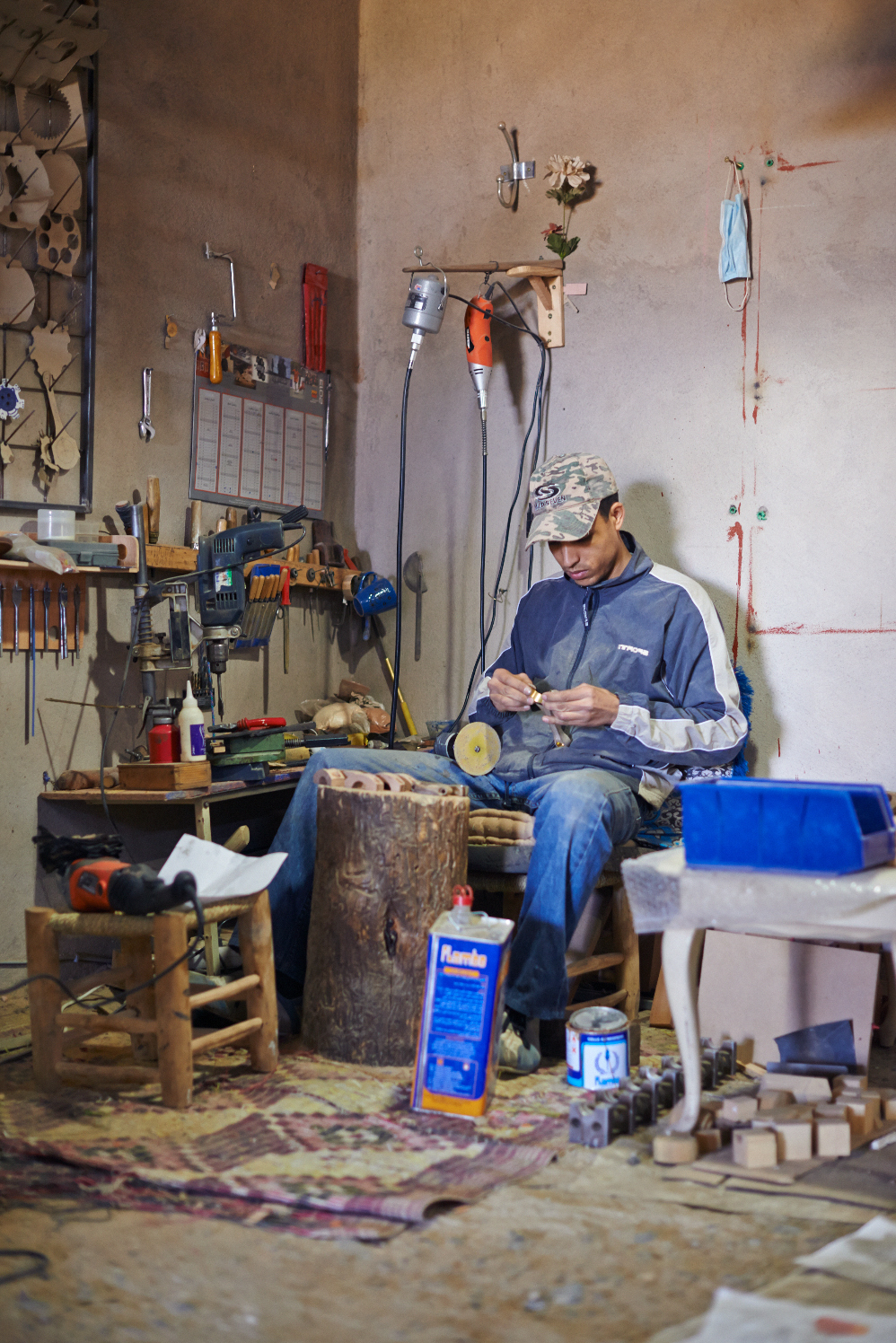
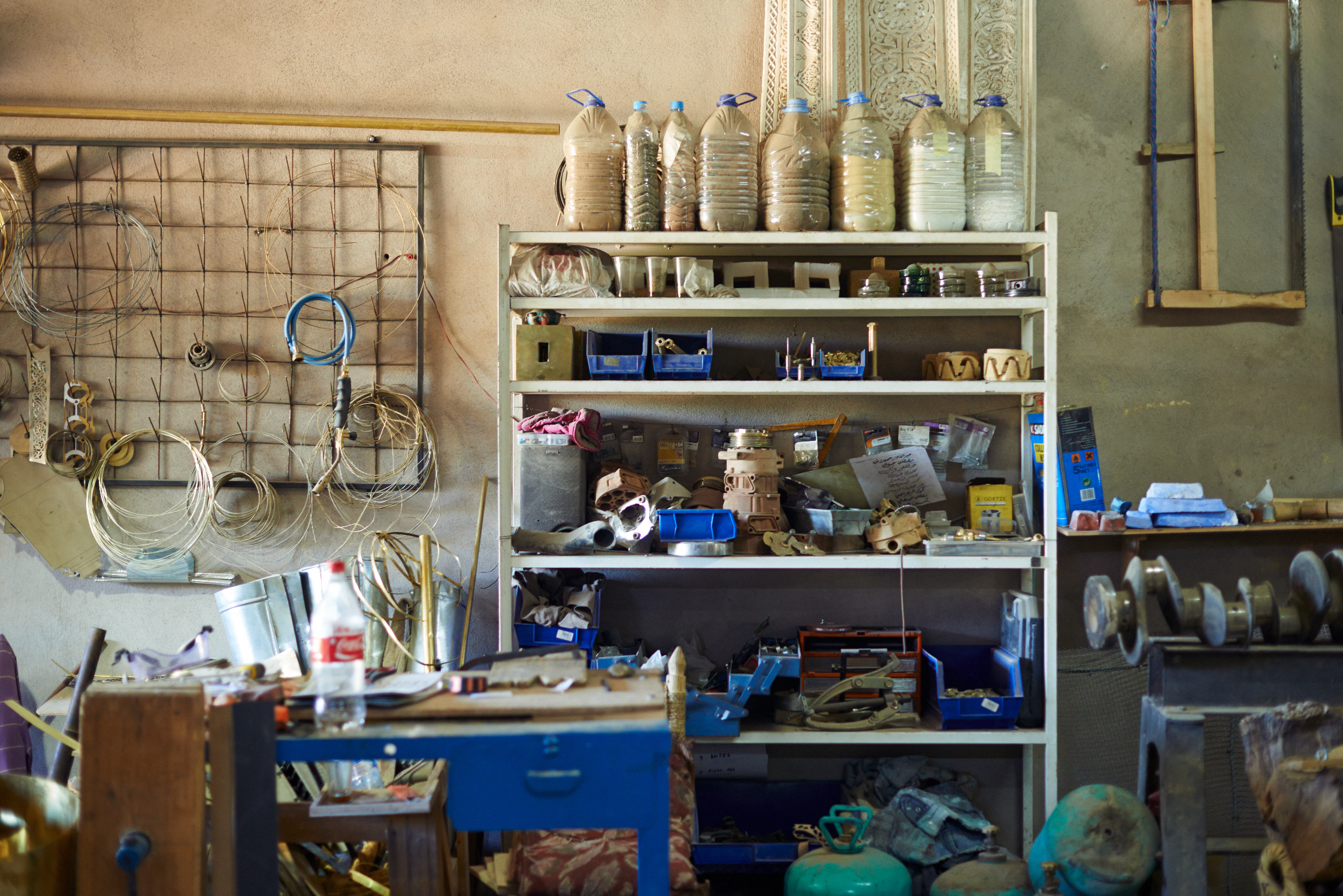
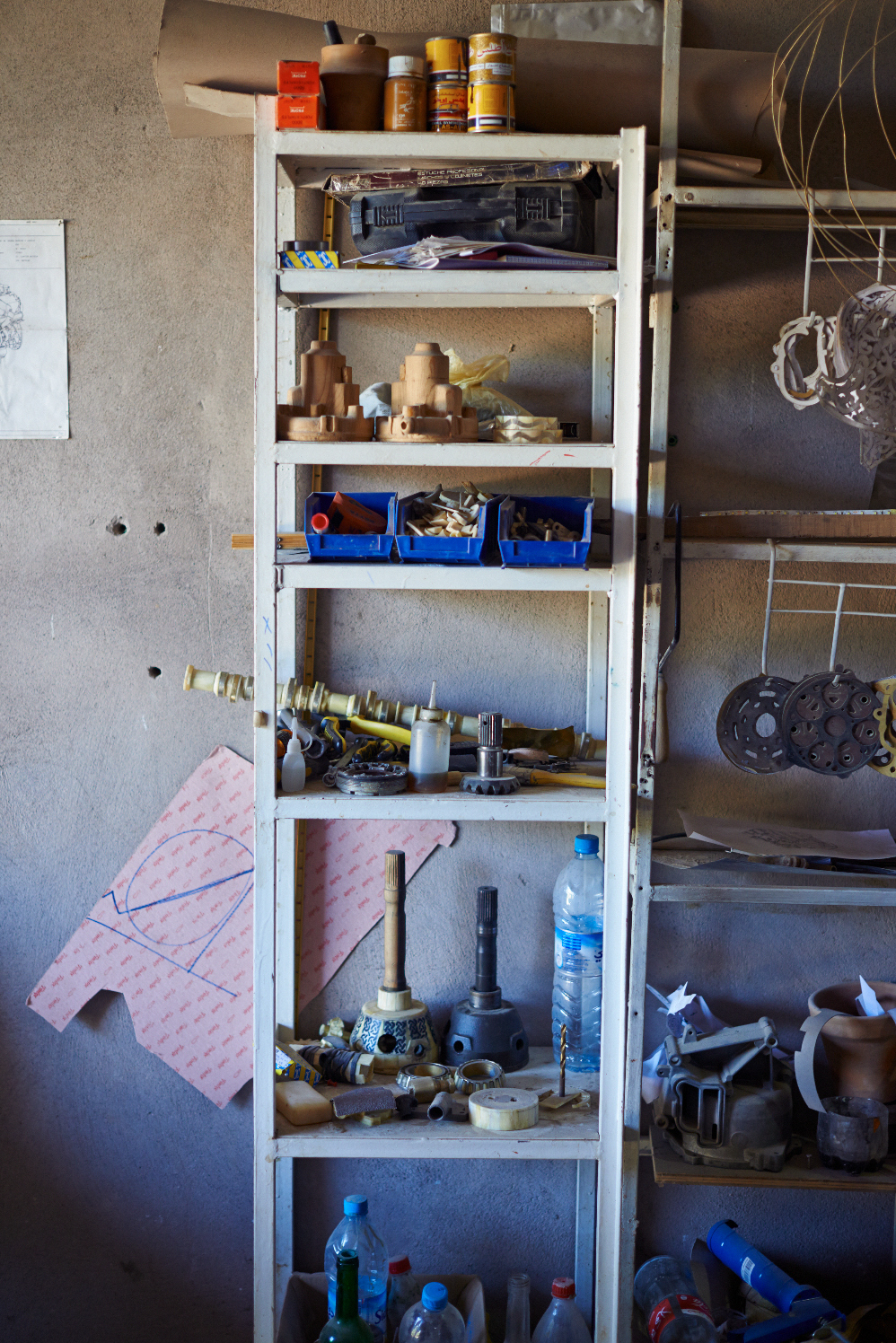
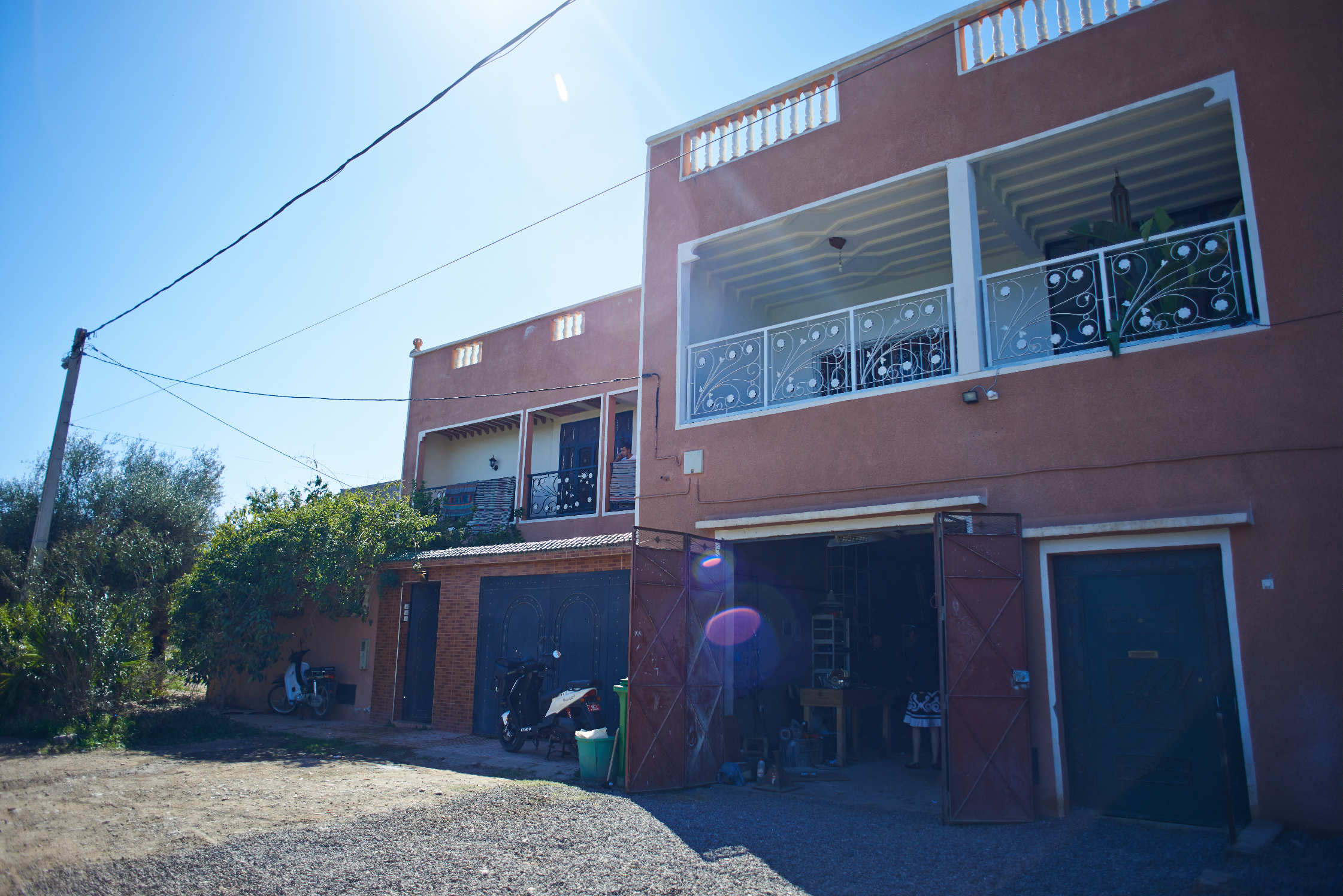
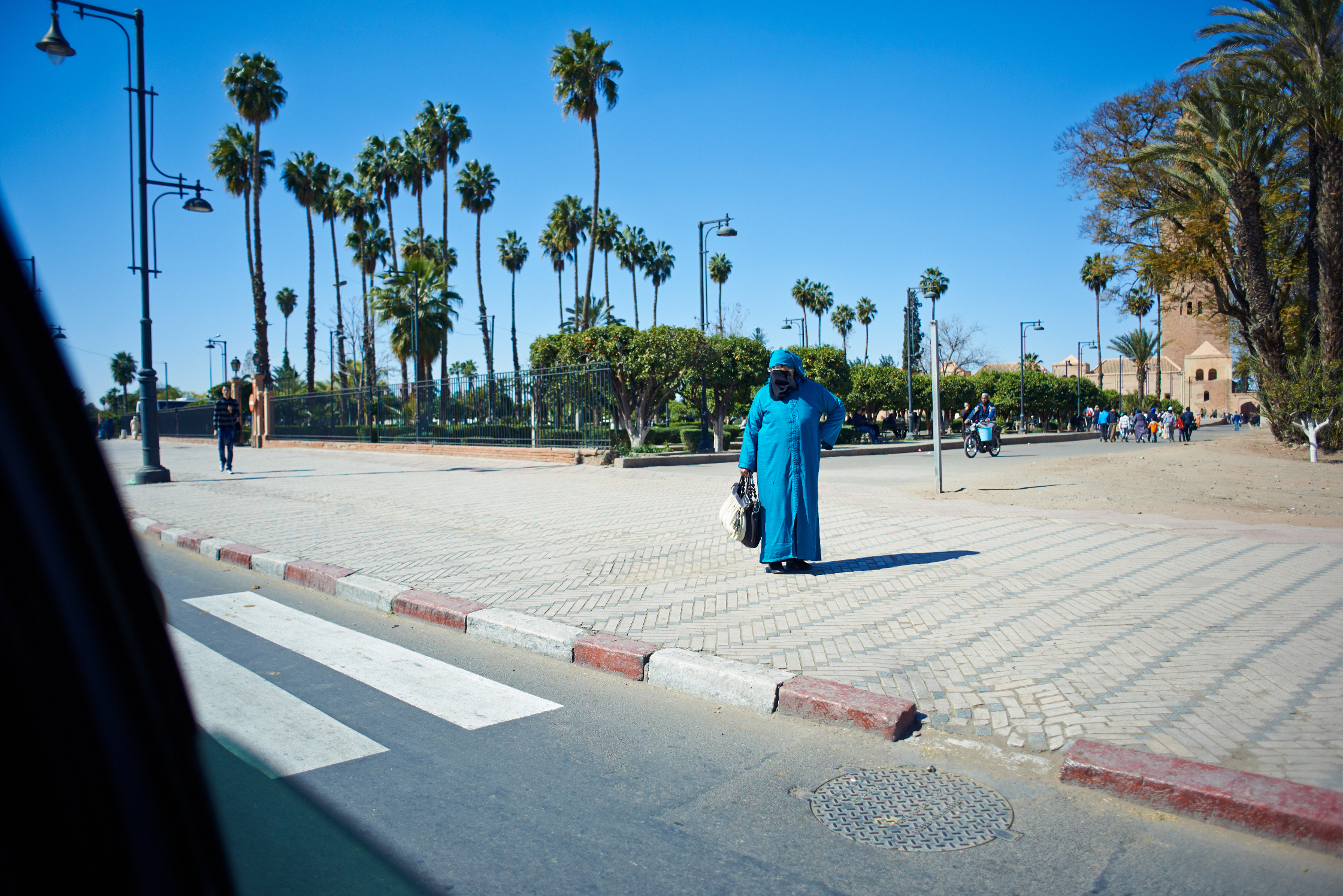
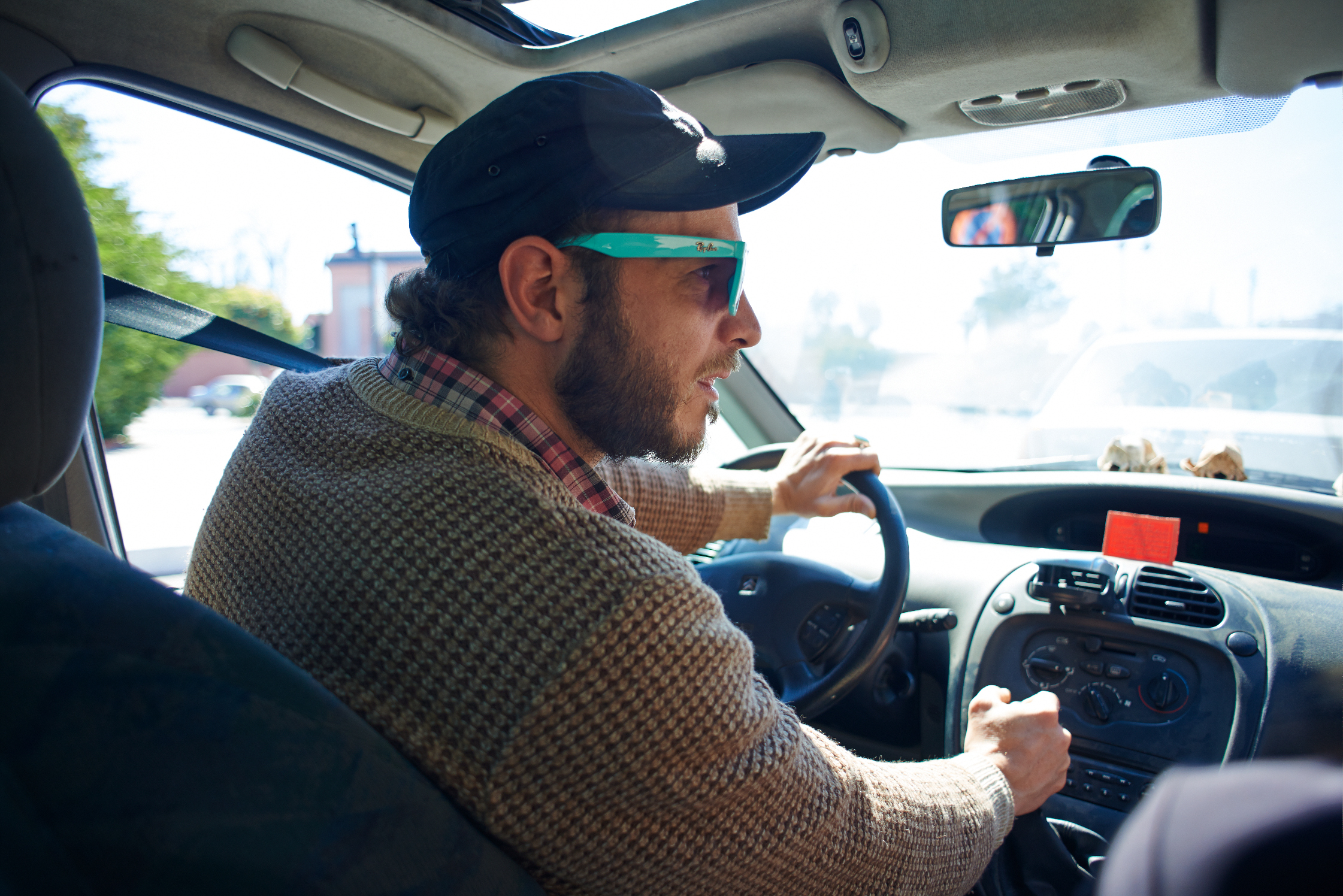
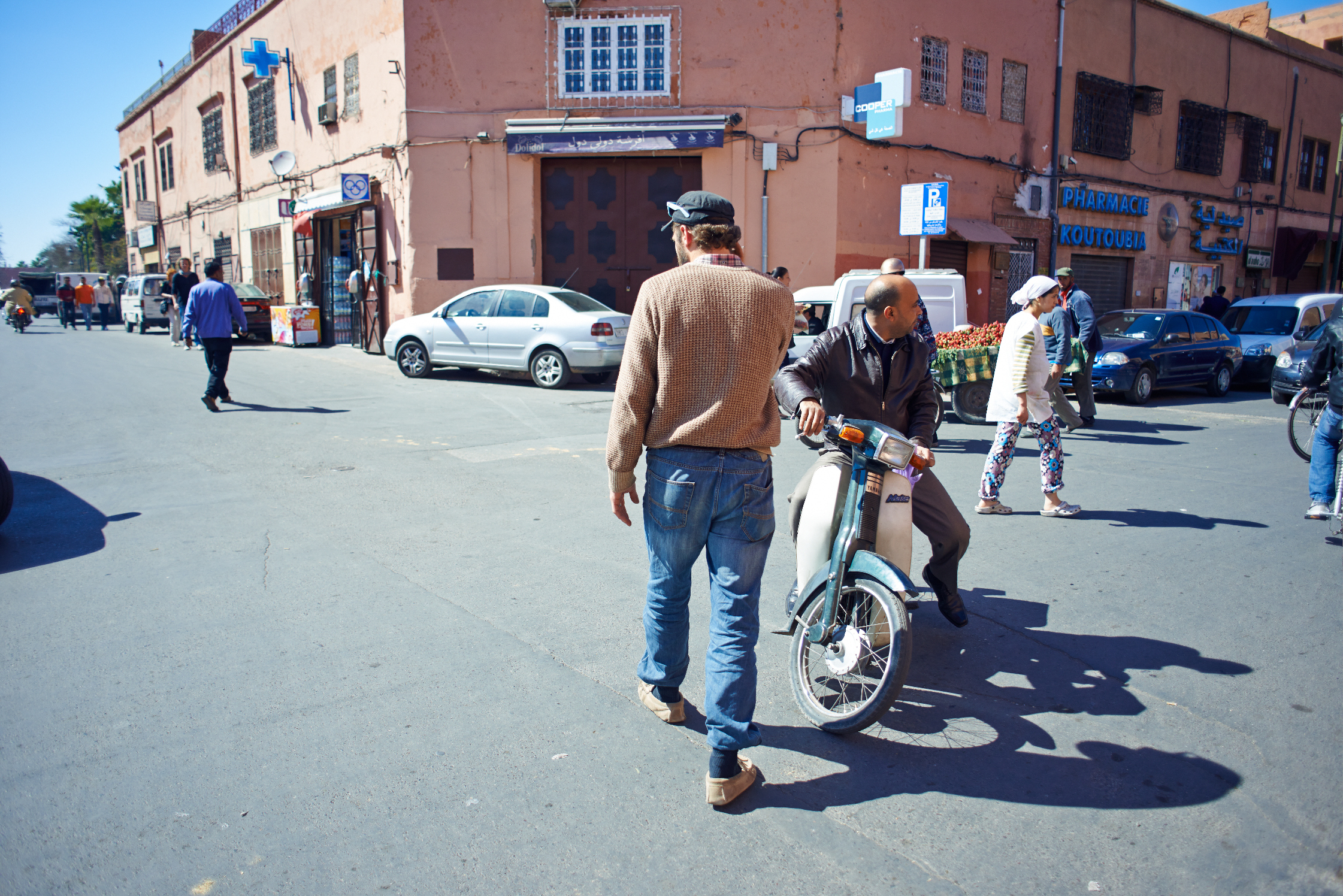
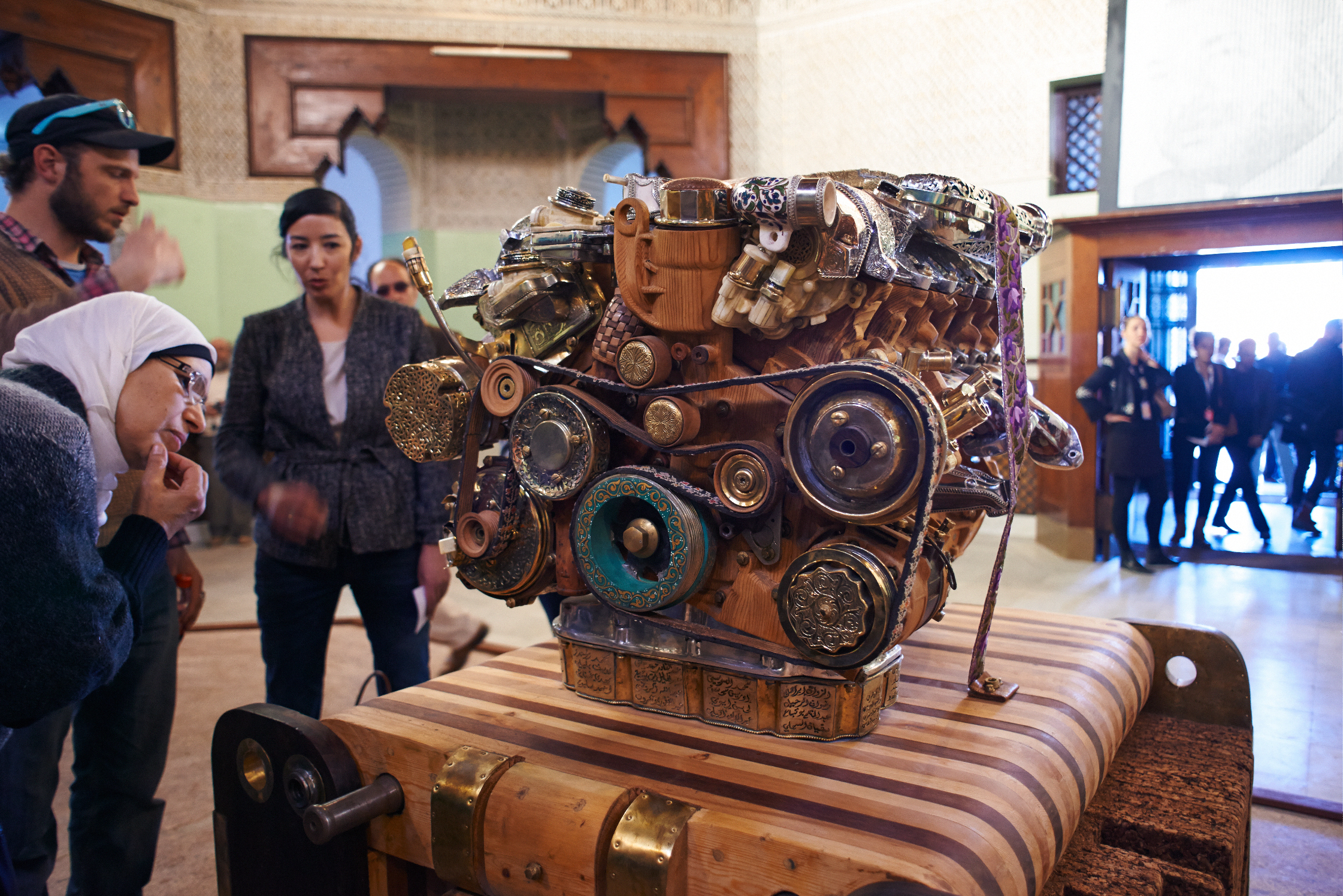
Are you now fully based in Marrakech?
Yes, I think this is the first time I’ve been based anywhere really. I was in Tokyo for many years but I was mostly a vagrant – living there, but always oriented towards leaving. I was in a restless, uprooted kind of mood, so I was never really set in one place. But now I am.
What was most enjoyable or challenging about your lifestyle as a so-called nomad?
It’s difficult to convey. I just felt natural doing that. I really tend to consider the planet as one city or one house with many rooms. People who actually believe that Morocco is Morocco only, or that Belgium is Belgium only, well, they are wrong. Just imagine that people invented passports. That means that, before that, you could just walk. I mean, the planet is round, so you can turn right around it. The only thing that limits you, then, is a river or a mountain range or an absence of courage. Airplanes don’t help us see the world as an undivided space; we see it as a schizophrenic environment, almost like different planets in one. But while travelling so much and being in three different places in one week – like Bamako, Brussels, and Bangkok – I saw the world as it is, moving simultaneously.
You know that machine, the ancestor of the cinema? This machine has one lens with maybe 50 individual pictures of a horse running at different stages on a disc, and when you spin that disc, all the different images animate so that it looks like one single instance of the horse running. It’s like that; you realize suddenly that, if you move between places that are not really the same, and you spin fast, suddenly you understand the movement of trade and the dynamics of the world. Instead of seeing different fixed pictures of a horse, you see a horse running.
Can you tell me a bit about your childhood in Cameroon and your journey to becoming an artist?
It all started when the army showed up at my grandparents’ place in Brussels, where my father was still living. My mother was seven months pregnant at the time. My father had delayed his military service as much as he could by studying, so he did engineering studies, then medicine and architecture. One Friday, the army showed up and they said, “On Monday, either you will be at the barracks, or you will be in the civil service… or you will be in jail because you chose neither.” So my parents looked at the alphabetical list of countries where they could do civil service and chose Algeria because it was at the top. That’s why I was born in Algeria.
They continued to work in Africa, so we went to Yaoundé in Cameroon two years later, which is where I grew up. When I was around ten or eleven, my sister and I were brought back to Belgium for schooling. I remember experiencing it as quite a black hole. I actually thought I was an albino because I was white but I felt black, and I couldn’t understand the Belgian system. It was a very strong culture shock for me. The fact that I was supposedly Belgian felt even more weird because I wasn’t supposed to be different!
So you started on a creative path because you felt you had something different to express?
I didn’t want to ascribe to that system or contribute to it because I didn’t understand it. I suppose that is also why I started making art. There are no artists in my family. They are all architects but they’re not into the ‘art world’, so there was nothing leading me there. I ended up there because when I had to choose what to study at university, it was the only thing that wasn’t about trying to work or integrate within a system with an activity or service that you could provide. It was just there for itself: art.
I finished university in Brussels, at L’école des Recherches Graphiques. That school was very good but I understood quite soon that although they had sharpened my brain somehow with cultural knowledge, I wasn’t fit to make a living with that. The school helps you deconstruct what you know but you’re not fit to integrate into society or even the art market because they’re real ‘leftists’ in their approach. It’s all about the research and never about selling through a gallery. It’s a purely socialist model. I had to remedy this so I did two years of stone carving to fix churches in Northern France and Southern Belgium. Then I obtained a scholarship to go to Japan for research in classical calligraphy and learn the language.
When did you start traveling the world?
I finished my PhD in Tokyo in 2008 and in the meantime, starting in 2005, I put myself in self-exile mode. I felt quite unbound and free. I had a passport that allowed me to go anywhere, so I felt that it was almost a duty to travel with it – I mean, so many people can’t travel with the passport they have, so I felt I should travel a lot and collaborate with those people so they could access the world through work. And since I was working a lot with public spaces and conceptual art as a medium, I had a deep interest in the history of society and the way the world operates. I was trained to look at a place and live it, sense it and take account of any tiny detail in the room that you can base a whole installation on. The ‘whole’, for me, was not this gallery, it was not this country, it was not this tree – it was the world. I just wanted to understand my canvas.
You became a nomad?
I had no address and yes, I became very nomadic for about eight or nine years. 2007 was the year I was in a different country every two weeks, mostly making works. I did content-specific and site-specific works, and I was trying to understand the puzzle of how the colonial forces divided this whole thing throughout history, and how these borders came into being. I was aiming at actually having the maximum distance between every two points I would cross. I would go from Siberia to Bamako, and then I would go to Paris to work with a refugee and end up in New York for a lecture. It was crazy, and I was doing my PhD in the midst of that so I was writing it in the airports and going to Japan every month to meet my teachers. I was trying to reconstruct that puzzle and to understand the ethnic, linguistic, historical and topological dynamic between places.
What changed?
Then, my grandfather died. Death can bring you back down to Earth, so I really landed. I felt it was time to stop moving around like air and to grow roots somewhere, and gather all the things I’ve seen everywhere into one spot. This included the stories, but also all these tiny crates, suitcases and boxes that were stored in different places around the world. That’s also when I decided it was time for this engine.
Why did you choose Marrakech as a place to settle?
Firstly, I was not born very far from here – in Guelma, Algeria. I grew up in the region so I’m back in Africa, which makes sense to me. The other reason I came is because of this project, the engine. Having been to most African and Asian countries, I think the biggest crafting scene in the world is in Morocco – perhaps not in terms of numbers, but in diversity.
After all of my years of living in Japan, I was always wondering, when is that going to be useful for something? I really wondered, after doing seven years of classical calligraphy as a contemporary artist, why I didn’t ever call myself a calligrapher. I had a diploma in classical calligraphy to teach Japanese kids, even though they would never let a white guy teach kids in Japan their own language. All of that substance was quite intangible. It was quite a romantic quest for knowledge, but then how practical is it, really? And out of all of this diversity of activity, the engine gathers all of it. I felt that every bit of knowledge I learned in Japan has been put to use in the making of this piece. I saw how it could inspire the craftsmen because I understand where they come from.
My parents were co-partners in development in Africa and I happened to be an artist, so I always wondered how I could be cooperative and useful, and how I could inscribe myself in that heritage and in that legacy to become a part of that thing they started. Here I feel that I am participating and it feels good.
So you were already planning the engine before coming to Morocco?
Yes, this project has been with me for around five to seven years. I think I started to think of it in 2005 when I was staying with a blacksmith in the outskirts of Dakar. I didn’t really get into engines because I like cars; I’m not really interested in mechanics. But there are some really strong poetical forces behind the mechanics that are beautiful in their shape and system. When a car gets old in Europe, after around 300,000 kilometres, it ends up in Africa, where it runs as a taxi for maybe another million kilometres. Then, when it really cannot go further, blacksmiths take the engines and make huge piles that they melt down to try to get back the aluminium. They use an old rudimentary casting technique to turn these engines into things like spoons and kitchenware, which go back into the market and are used to feed children.
I was mesmerized by this. The techniques and materials they use say so much about the history of the continent itself. One guy might do something in one country with one technique, and that technique actually comes from a neighboring country, but because of a war, or because they had to move, they now know this technique. Then the technique gets adapted to a new material that they find elsewhere. The result of these things is that if I slowly take apart an engine and reassemble it, I could attempt to represent Africa faithfully into an object, which is an impossible object somehow. It’s a chunk of time, of socioeconomic history.
It’s the intangible that interests me. It’s the question of how to make concrete the intangible of that non-decorative aspect of craft, which is conveyed by the soul of what crafts mean in this place. So that’s how I ended up with the engine and that’s how I ended up in Morocco, because such diversity in craft was not seen anywhere else, and I saw that I could do all of the work in one country.
Has the engine turned into an ongoing project?
I couldn’t foresee it but in the course of making the engine, there was a collective memory and a collective sharing that really fused to become a new whole, and that was very promising. It’s in the name of that promise that I decided to move and invest everything I have into this thing. When you live from a suitcase, you can only achieve certain types of work as an artist. If you want to make an engine like this, at some point you just need to stop and work on it. It took two years to do that.
When 15 people gathered over months to reassemble 465 very different parts of the most complicated Mercedes engine, in terms of the amount of engineering involved, well, that’s nuts! We gathered trust through the engine. It is through that faith that this atelier can exist. So seven months into a nine-month project, I realized that I had changed the lives of these people, because they will not go back to making chairs after they have made a V12 engine. There is a real market share on that side of activity and they can really make a living out of it while saving their heritage in the meantime.
I felt completely changed, too, because I entered a new phase of work where I could see a physical manifestation of the intangible that I have been feeling myself for so many years. In a personal timeline, it felt more mature at that point – just as a person feels that it’s time to have children. The fact that it took nine months for this engine to be made also makes it my first kid. It’s a new chapter; I closed one chapter of my career and now I’m going through a different phase.
Now that you’re settling down here in Marrakech, and that part of your life is winding down, how do you feel?
It’s not such a dogmatic choice as to where I go, as in, “I go to Morocco so that I’m not in Russia.” It doesn’t have to be exclusive. I don’t feel that I’m locked up in a tiny corner. I feel that I’m on one side of the Atlas Mountains, where I found craftsmen that I can do something very interesting with. But I’m also part of Europe, Asia and everywhere at the same time, because I think the work we do is relevant worldwide. It speaks of craft, which you can find everywhere; it uses carbon, which you can find everywhere; it uses engines, which you find everywhere – so basically, I don’t feel secluded in one place. I just am wherever an activity is to be found. So in that sense I have quite a nomadic mentality about it and I decided to settle here to be put simultaneously into the engine.
Would you say that you are now completely devoted to this body of work that started with the first engine?
I feel ready for that. It was so intense and it was such an adventure. When you start collaborating with other human beings, you better be ready, because you don’t control anything however, it becomes interesting and exciting, too. Now, after the engine, I feel there are so many different paths to follow that can be relevant for art and culture, and also for social, economic and perhaps ecological development, which is very important.
And it’s not just about paying, it’s a lot more about loving, I gave the craftsmen love and they gave me that. We just became family and that’s beautiful. It’s really based on an insubstantial heritage I collected over the years that makes my approach to them and our relationship peculiar and fruitful. I feel that everything came together.
Do you have a personal philosophy on life?
I like Robert Filliou’s quote: “Do make what makes life more beautiful than art.” I think that’s where I rest.
Thank you Eric for taking the time to do this interview. For more information on the artist’s work, visit his website here.
Photography: www.wemakethemwonder.com
Interview & Text: Salwa Benaissa
